What’s become of Otl Aicher’s former abode? A visit to the Allgäu.
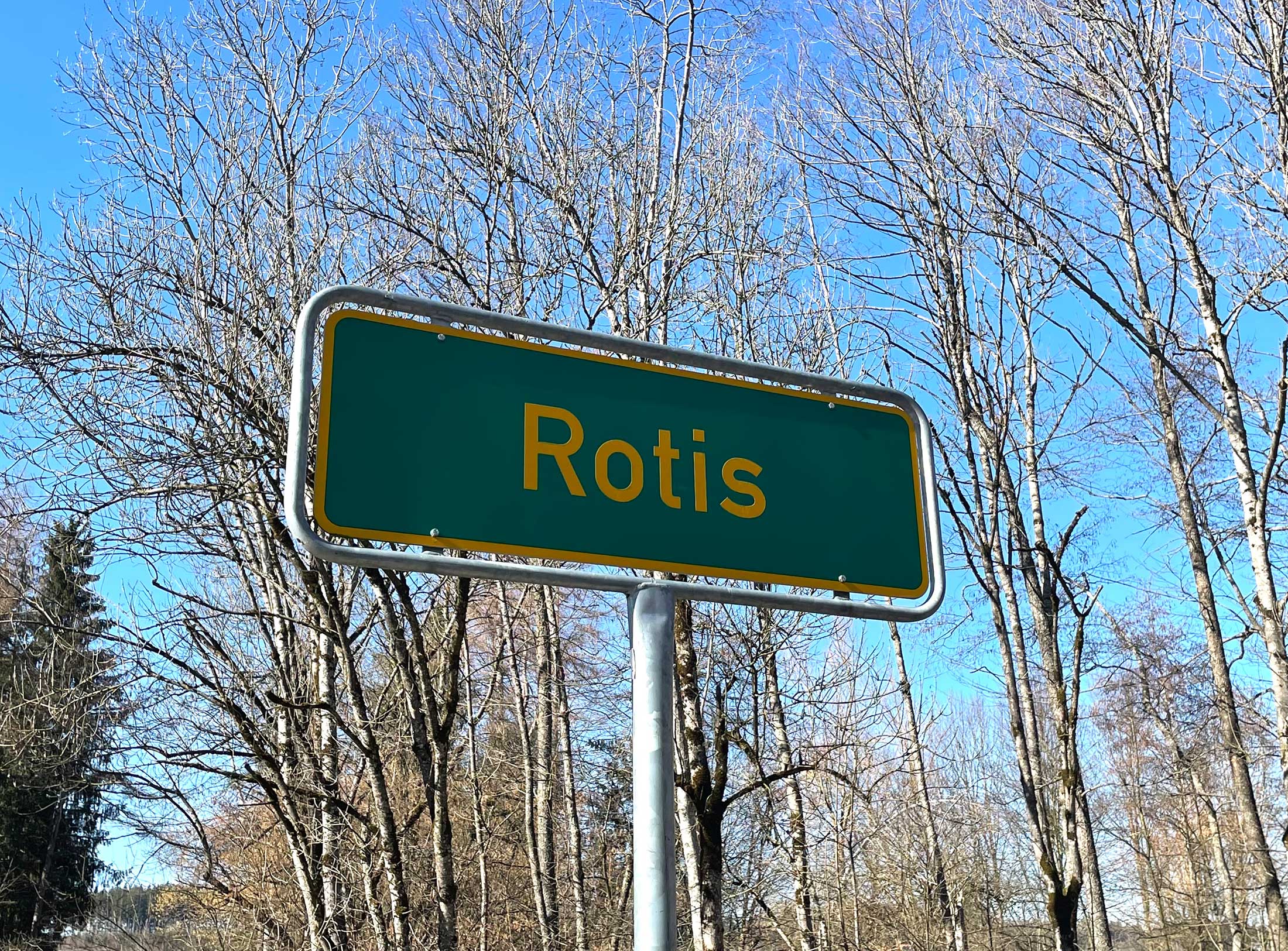

What’s become of Otl Aicher’s former abode? A visit to the Allgäu.
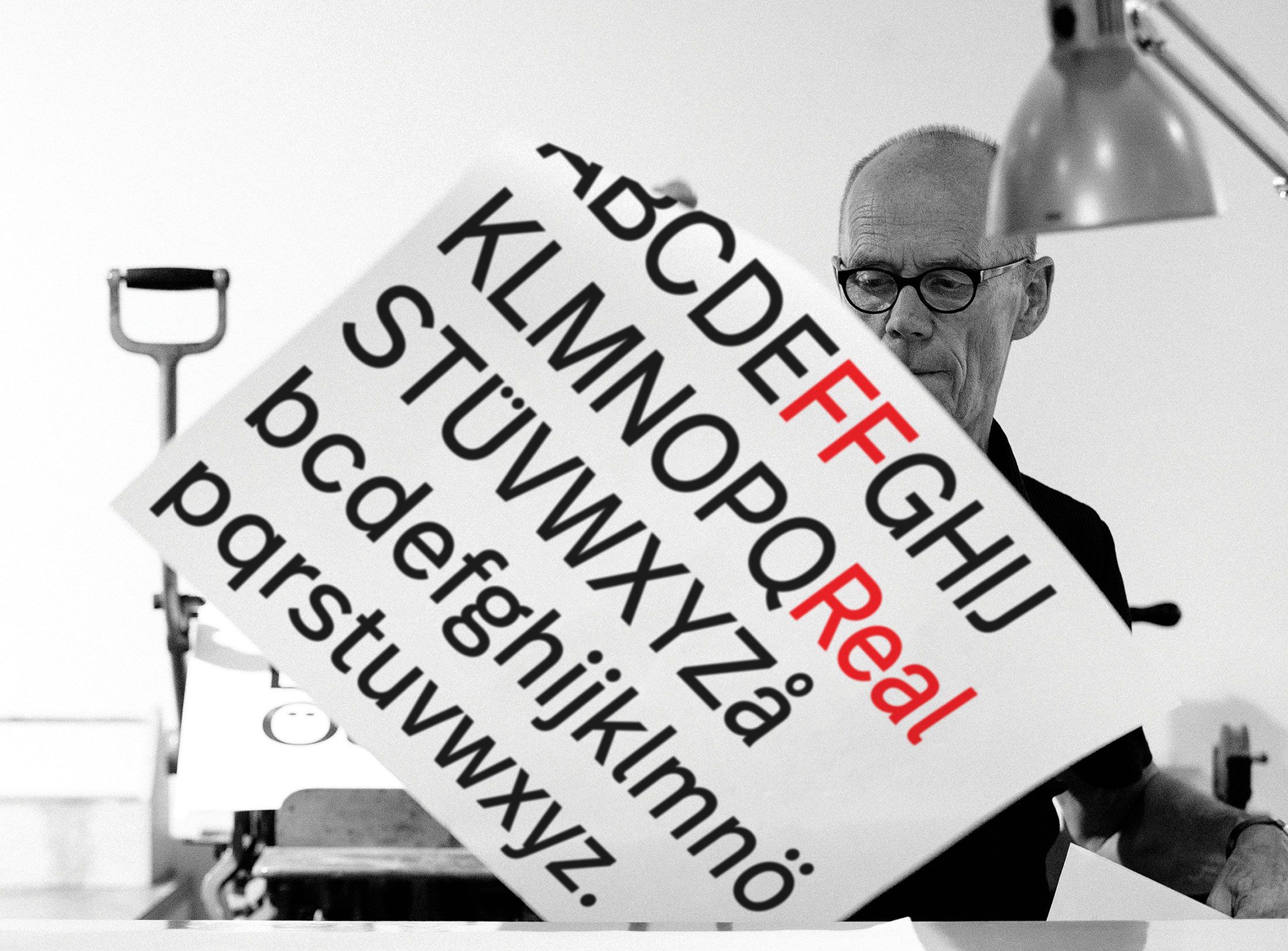
Interviewed: Erik Spiekermann, type designer, author and Aicher critic.
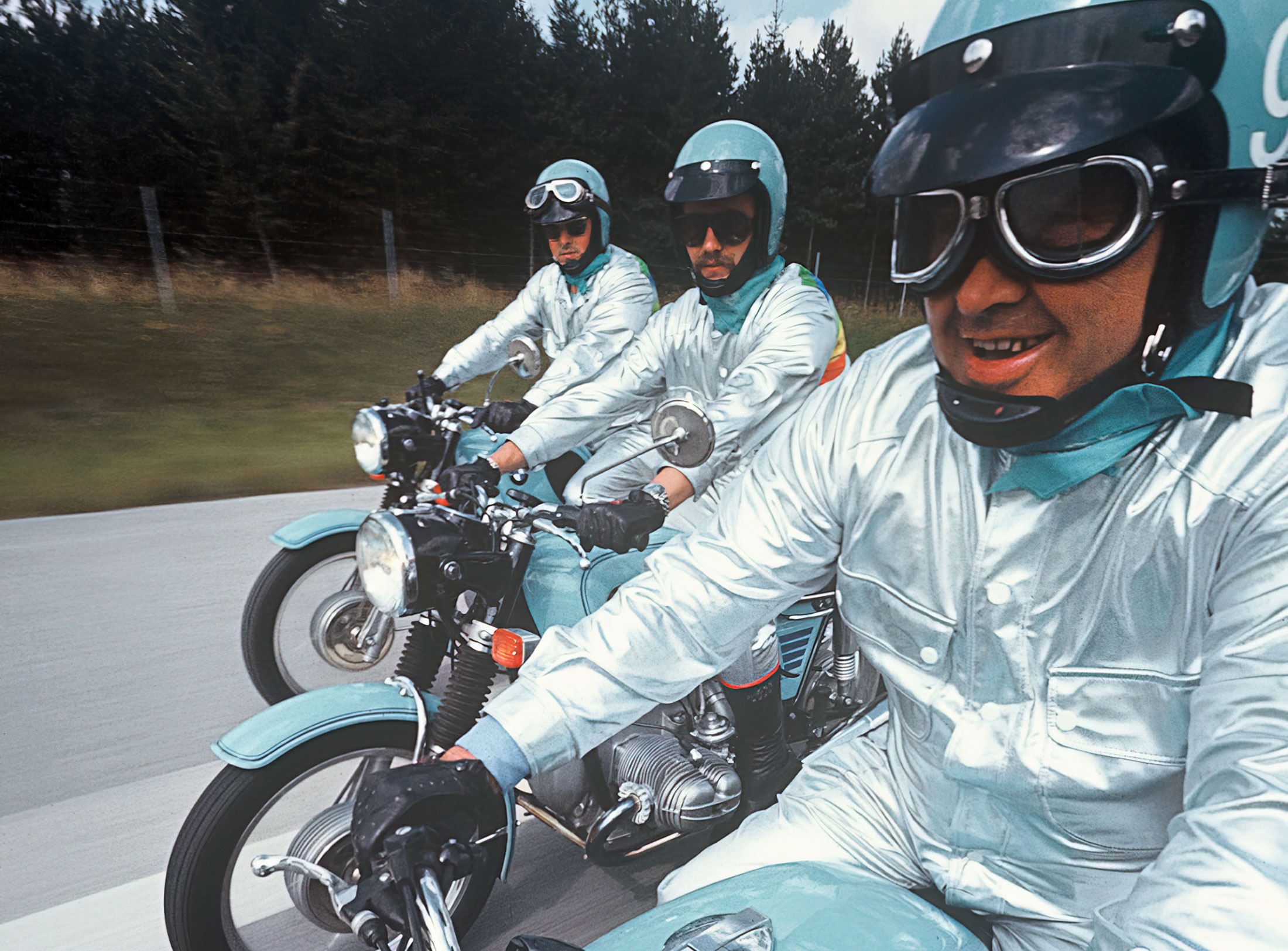
Technology: a central notion and fixed point of perspective in the work of Otl Aicher.
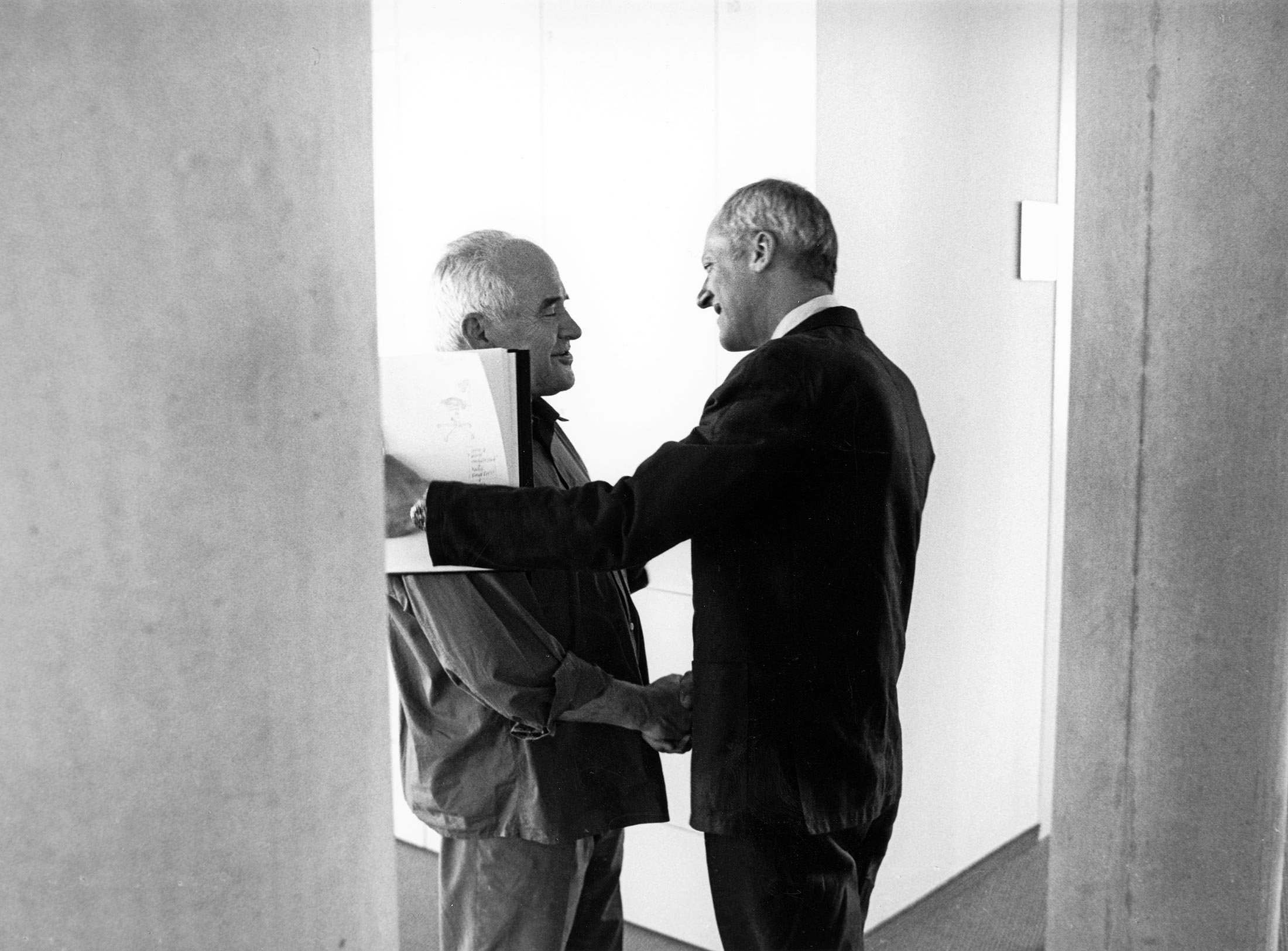
The British architect Norman Foster on his friendship with Otl Aicher: He had absolute integrity.
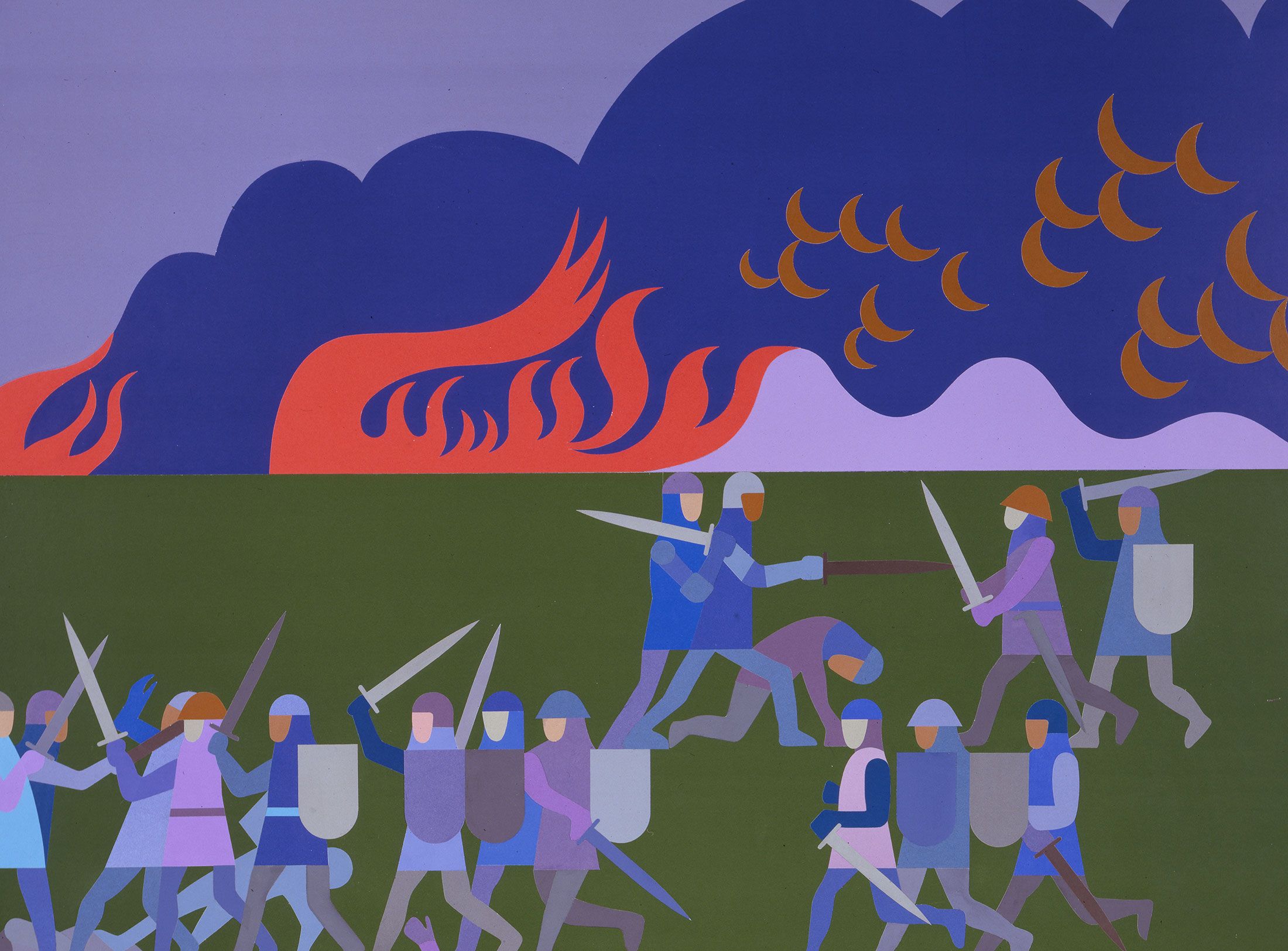
Thoughts on the colour palettes of Otl Aicher.
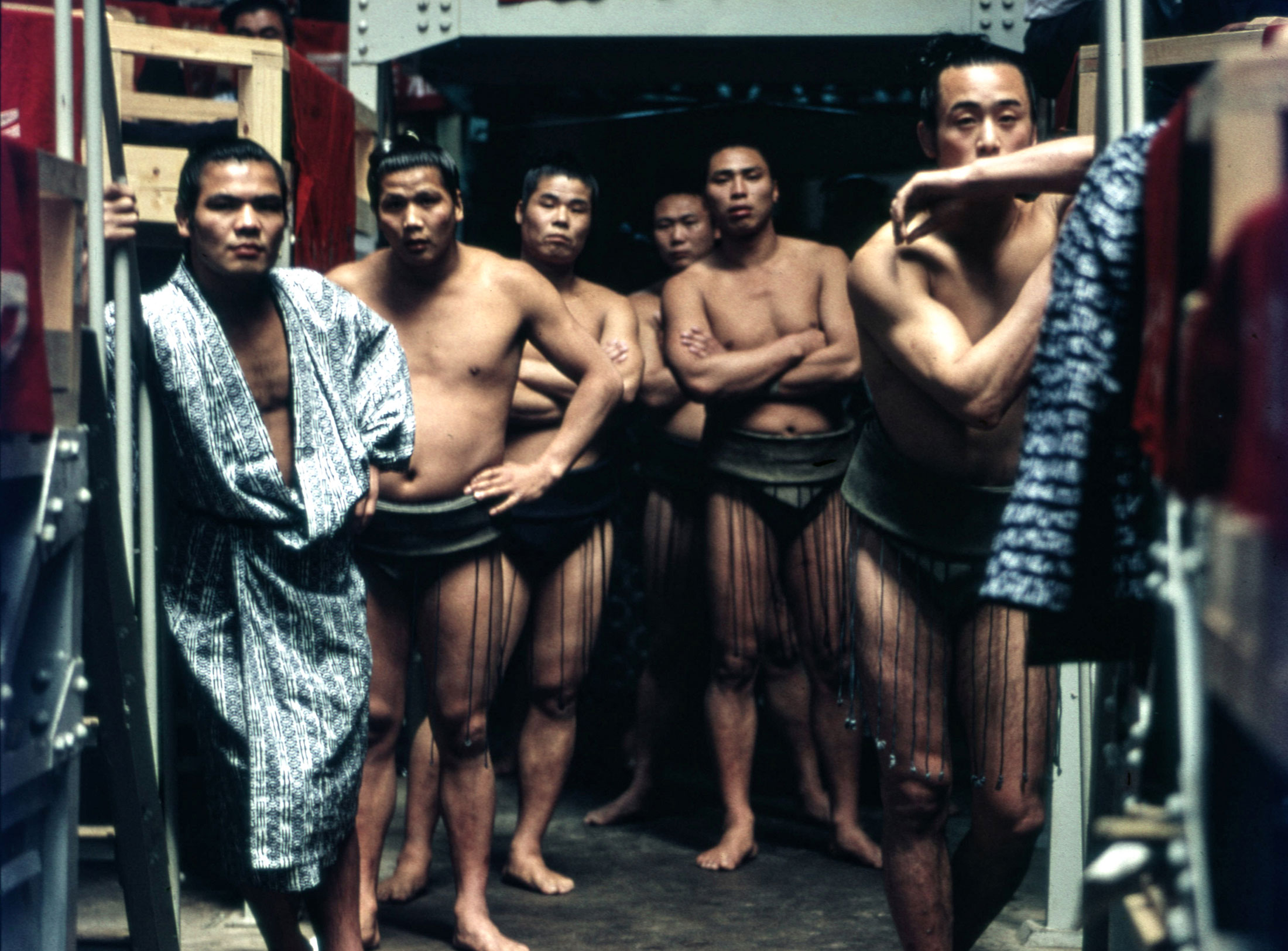
Absolute sharpness, reduction and strict rules determine the character of his pictures: Otl Aicher as photographer.

Under Otl Aicher’s direction, designers, architects and landscape planners shaped the face of the Olympic Games 1972.
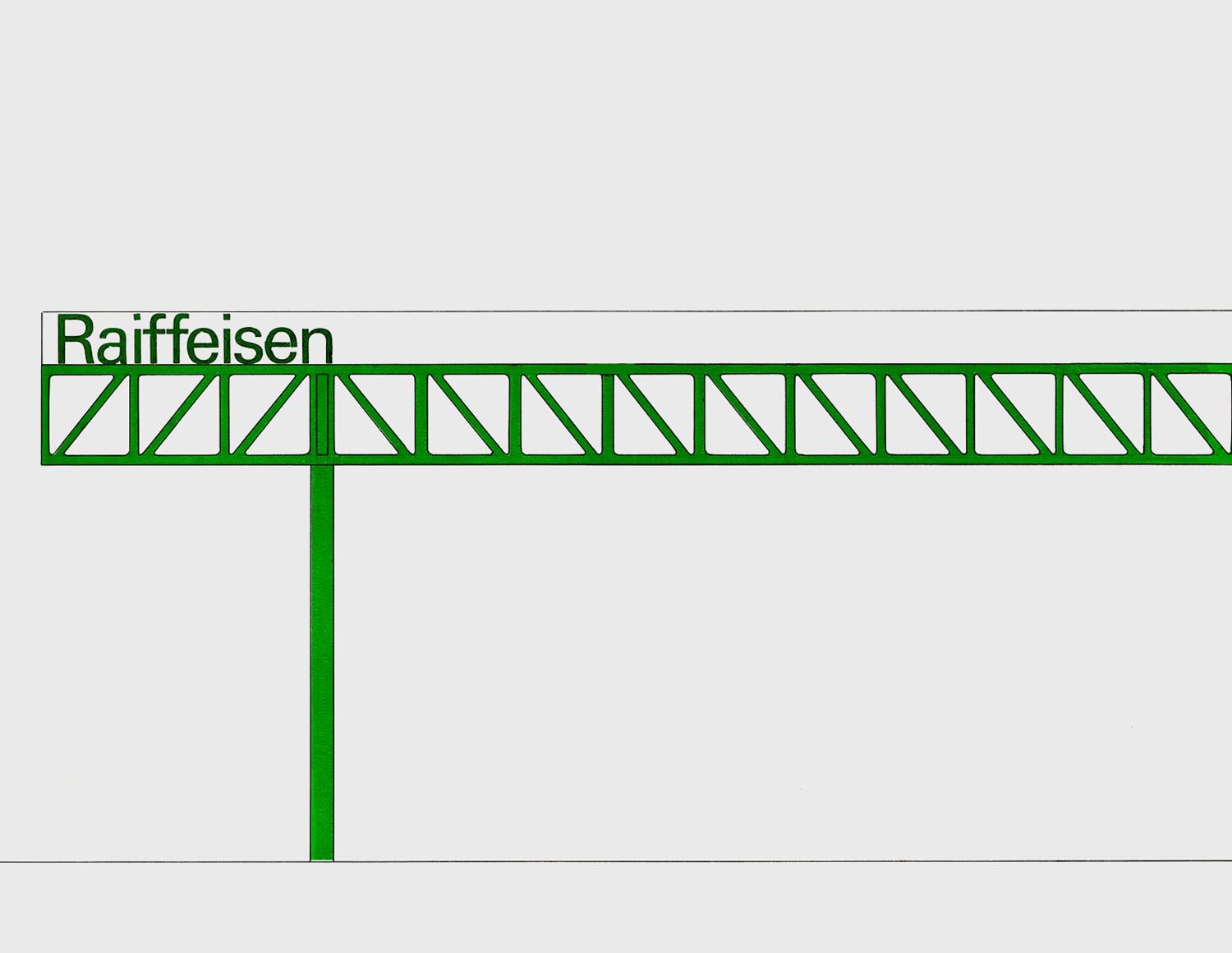
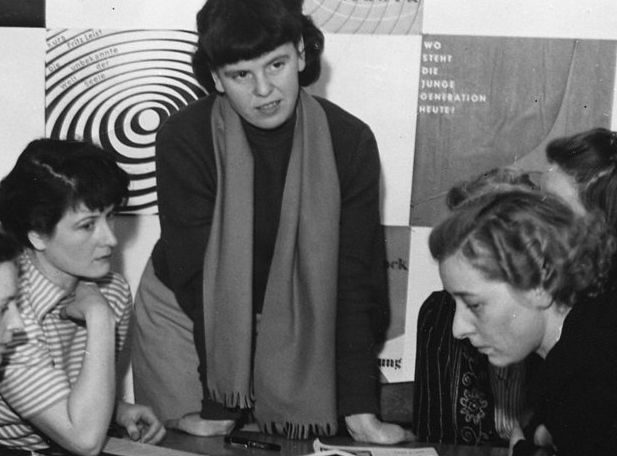
Inge Aicher-Scholl preserved the legacy of the White Rose.
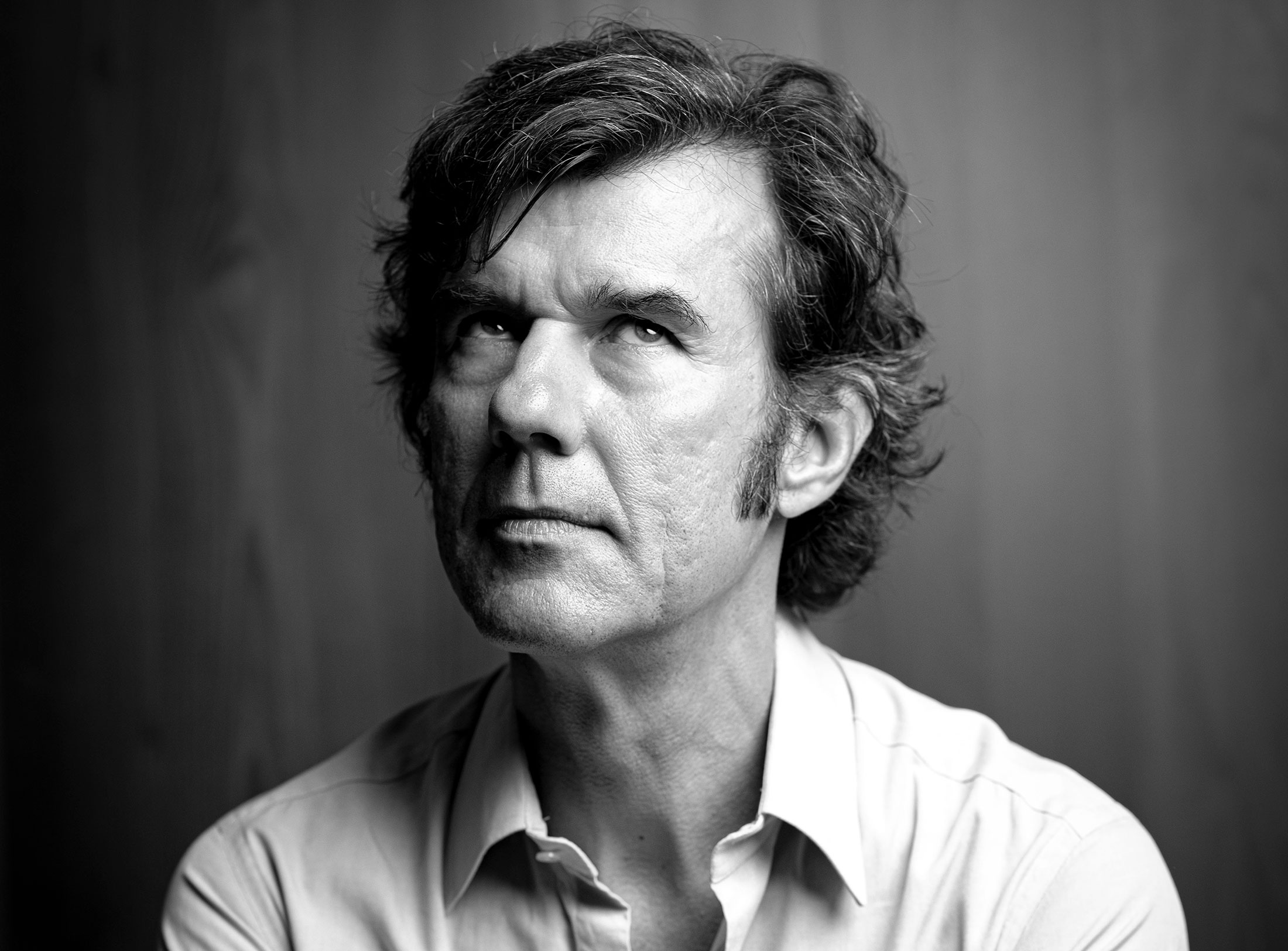
An interview with design icon Stefan Sagmeister about typefaces, beauty and the legacy of Otl Aicher.
The International Design Center Berlin (IDZ) invites you to a slide show and panel talk at Architektur Galerie Berlin on 20 October. Karsten de Riese and Prof. Michael Klar will report on a photo reportage commissioned by BMW that took them to Tunisia in 1975 together...
On the occasion of the 50th anniversary of the 1972 Olympic Games, the IDZ invites you to a discussion on the vision of the Munich Games and the status quo as well as the future of the Olympic movement on 26 August. The event at Berlin’s Akademie der Künste on Pariser...
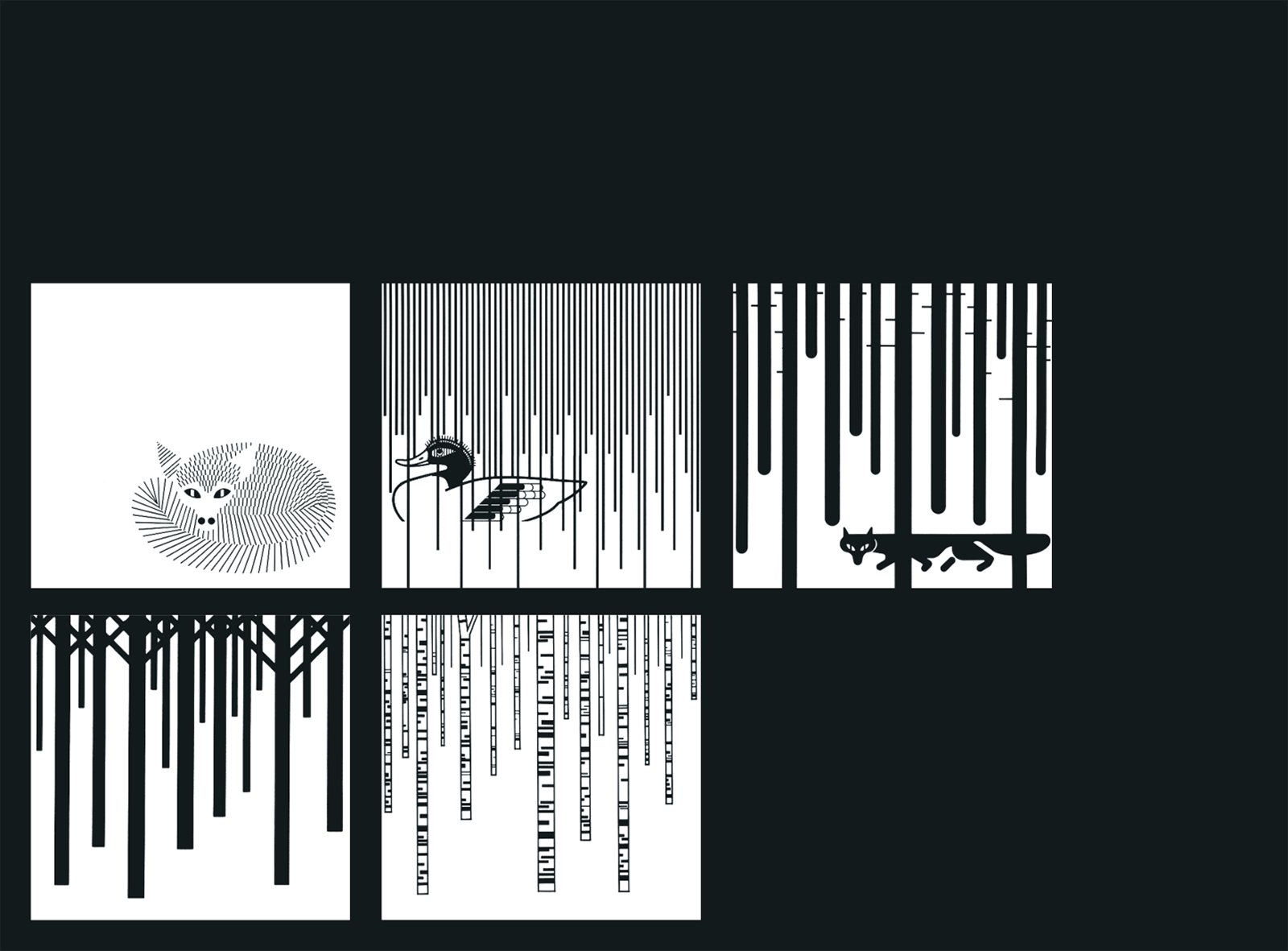
Isny im Allgäu owes Otl Aicher a corporate design that is concise, bold and singular.
With a retrospective of Otl Aicher’s book “kritik am auto – schwierige verteidigung des autos gegen seine anbeter” (Criticism of the Car – Difficult Defence of the Car against its Worshippers) published in 1984, the IDZ continues its series of events on the “otl...
Today marks the centenary of Otl Aicher’s birth. The International Design Center Berlin (IDZ) is taking this date as an opportunity to pay tribute to this great designer. With otlaicher100.de, a new online platform is being launched – a curated space that provides...
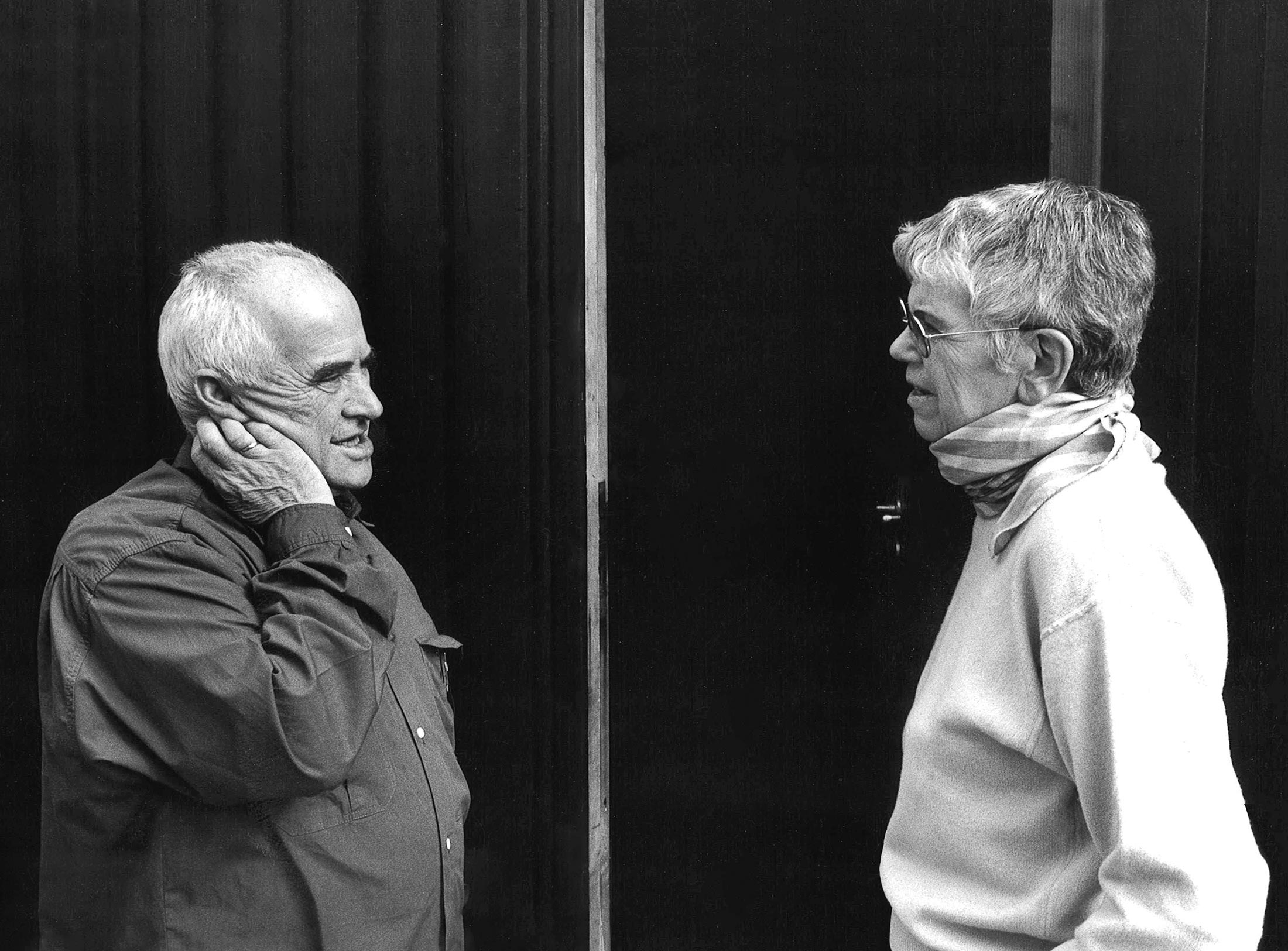
Reflections on Inge Aicher-Scholl and Otl Aicher.
The International Design Center Berlin (IDZ) is taking Otl Aicher’s centenary as an opportunity to pay tribute to this great designer and to make his work visible. An online platform and a series of events will address Otl Aicher’s multifaceted cosmos of topics and...
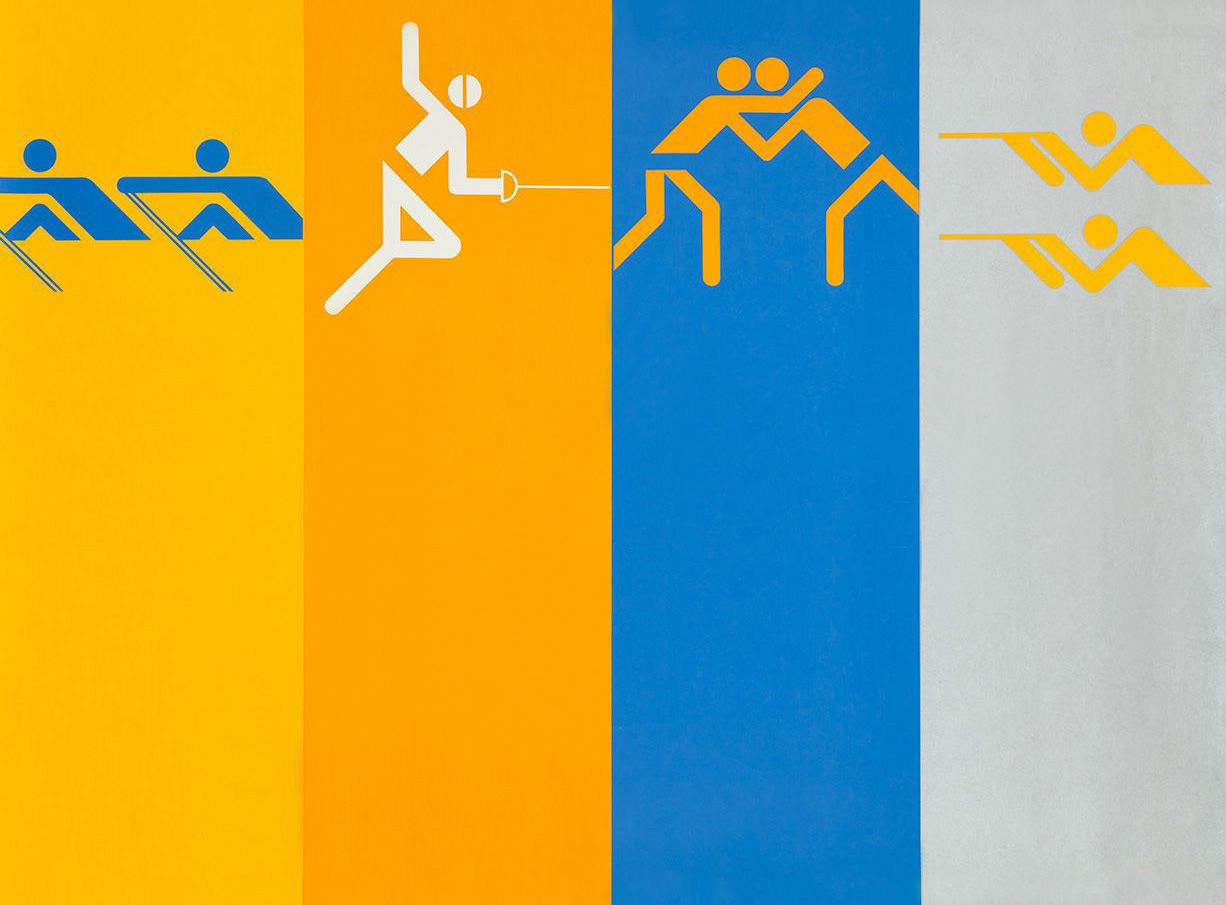
Eine Stadt leuchtet: Mit seinem farbenfrohen Erscheinungsbild der XX. Olympischen Sommerspiele 1972 setzte Otl Aicher ein Signal. Die junge Bundesrepublik war in der Moderne angekommen.
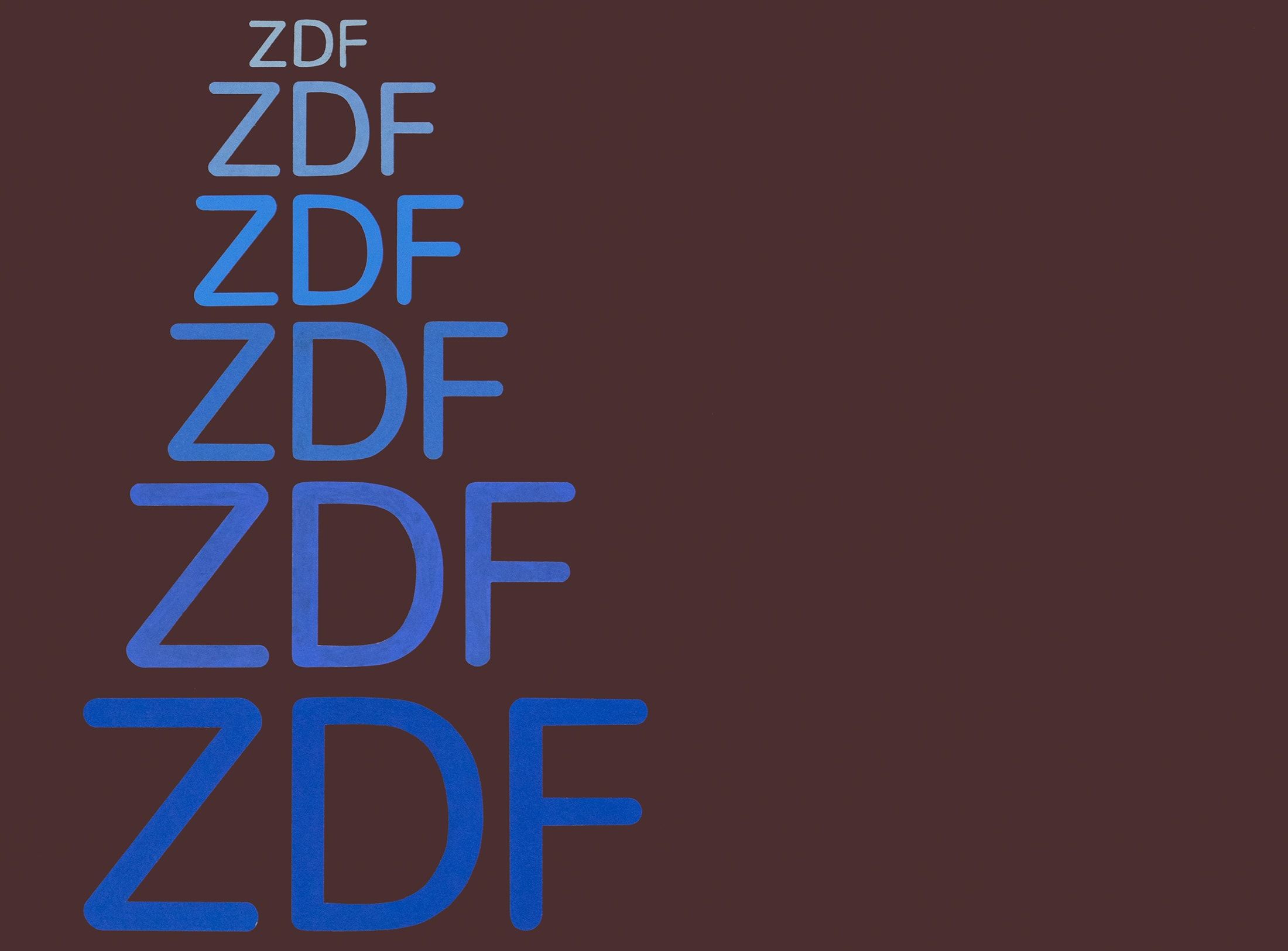
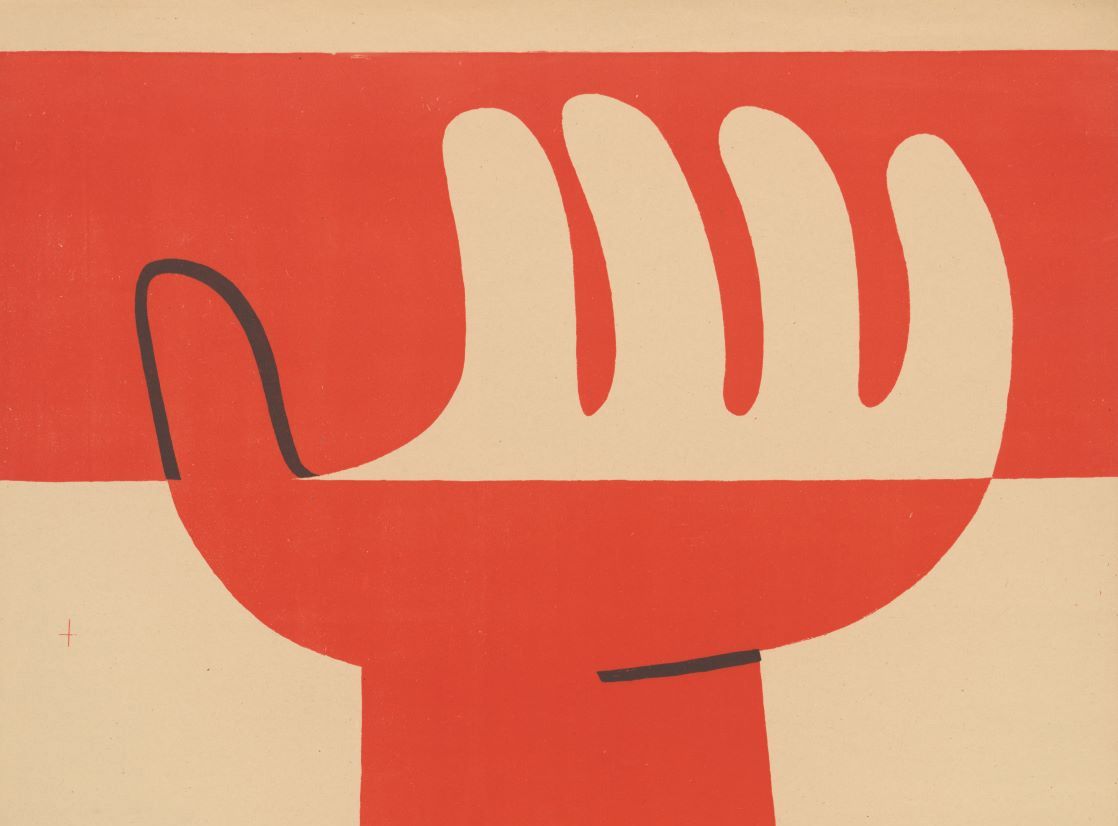
Otl Aicher’s Poster displays for the Ulmer Volkshochschule (Ulm Adult Education Centre).
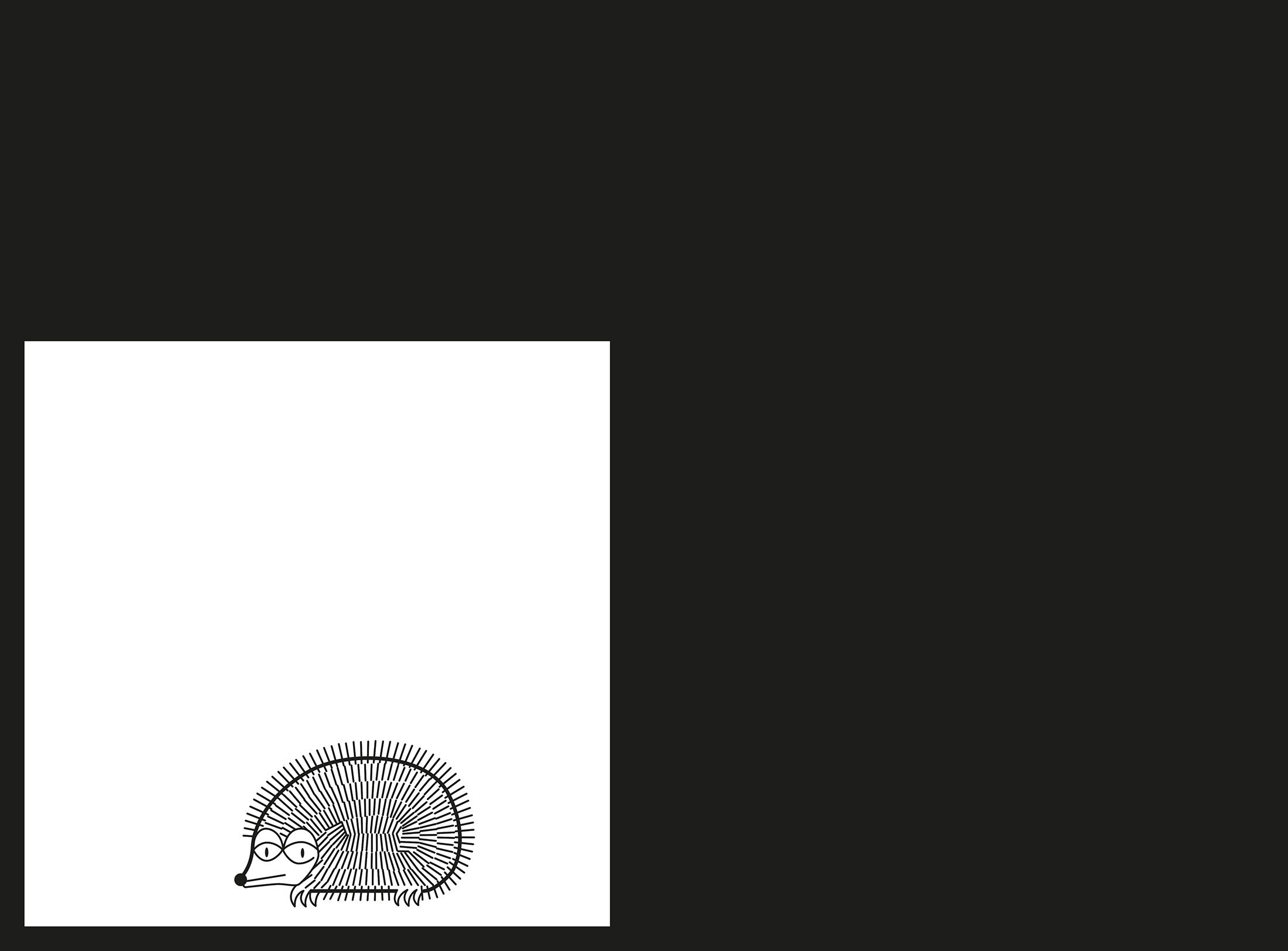
From O to R: Let’s talk about a hedgehog, standardisation and neurotis for a change (please click on the letters).
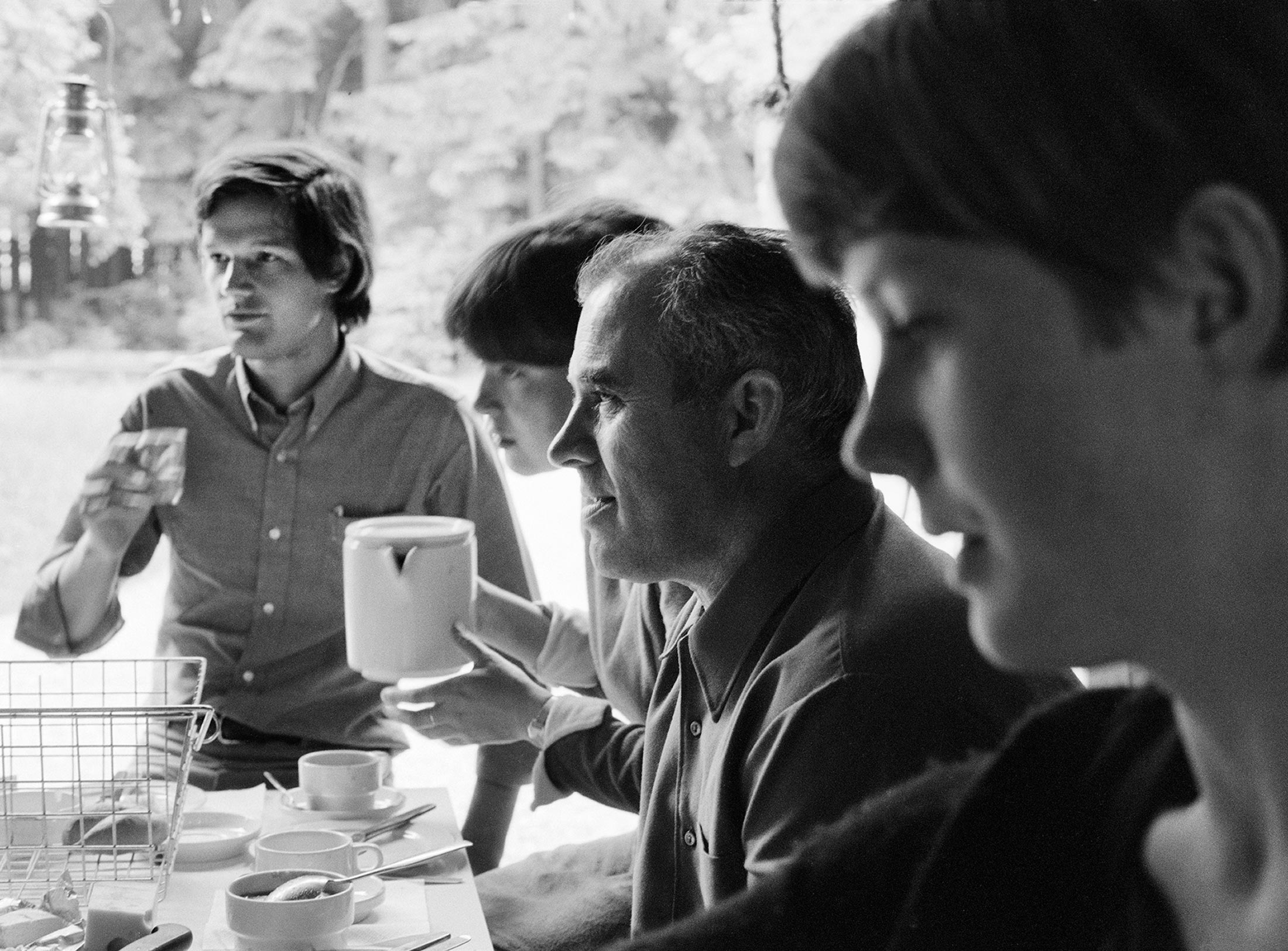
Otl Aicher’s Dept. XI team: the visual identity of the Munich ’72 Olympics was the work of graphic designers, illustrators and technical staff from all over the world.
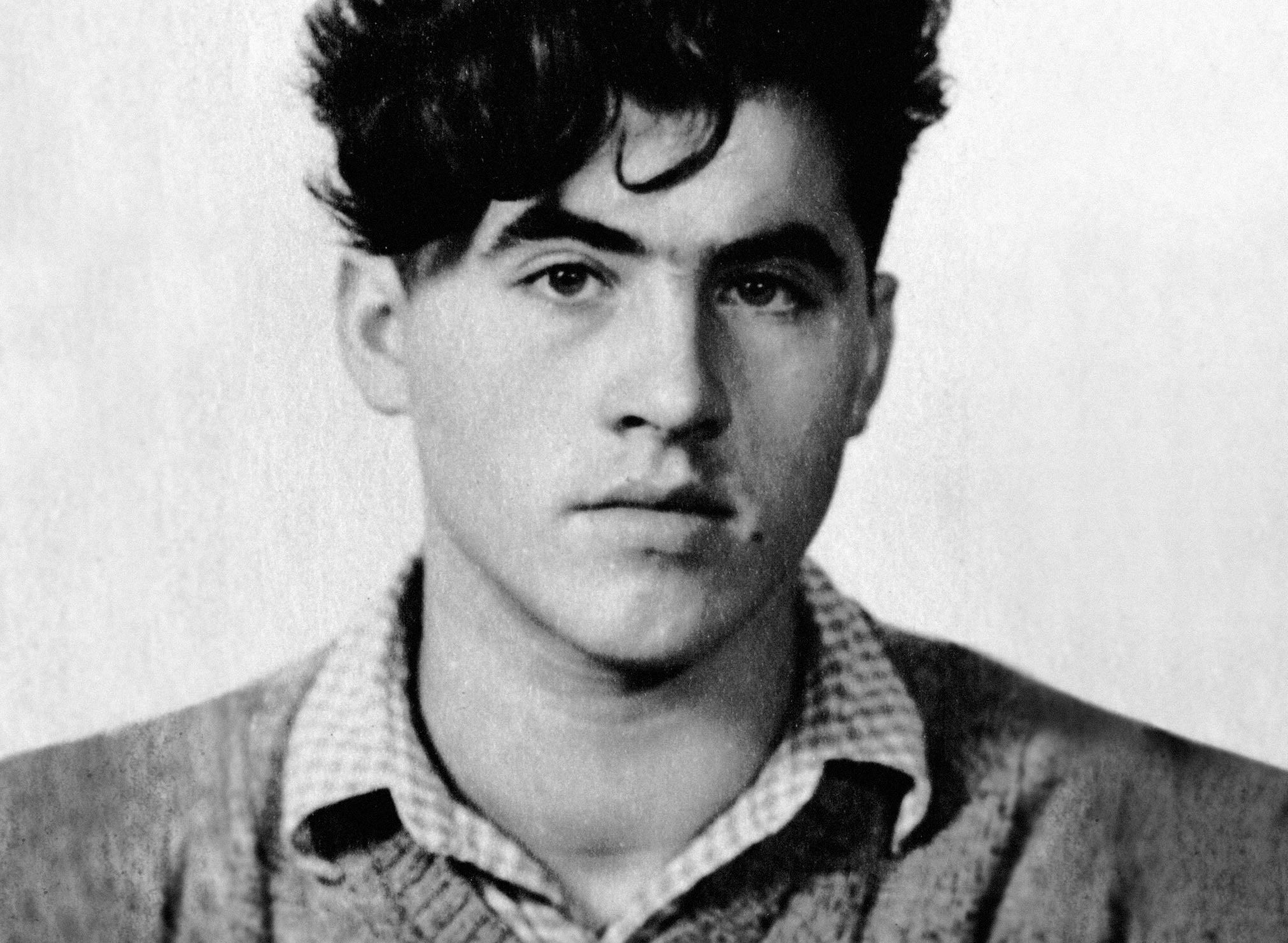
Aicher’s childhood and youth: the years 1922 to 1945.
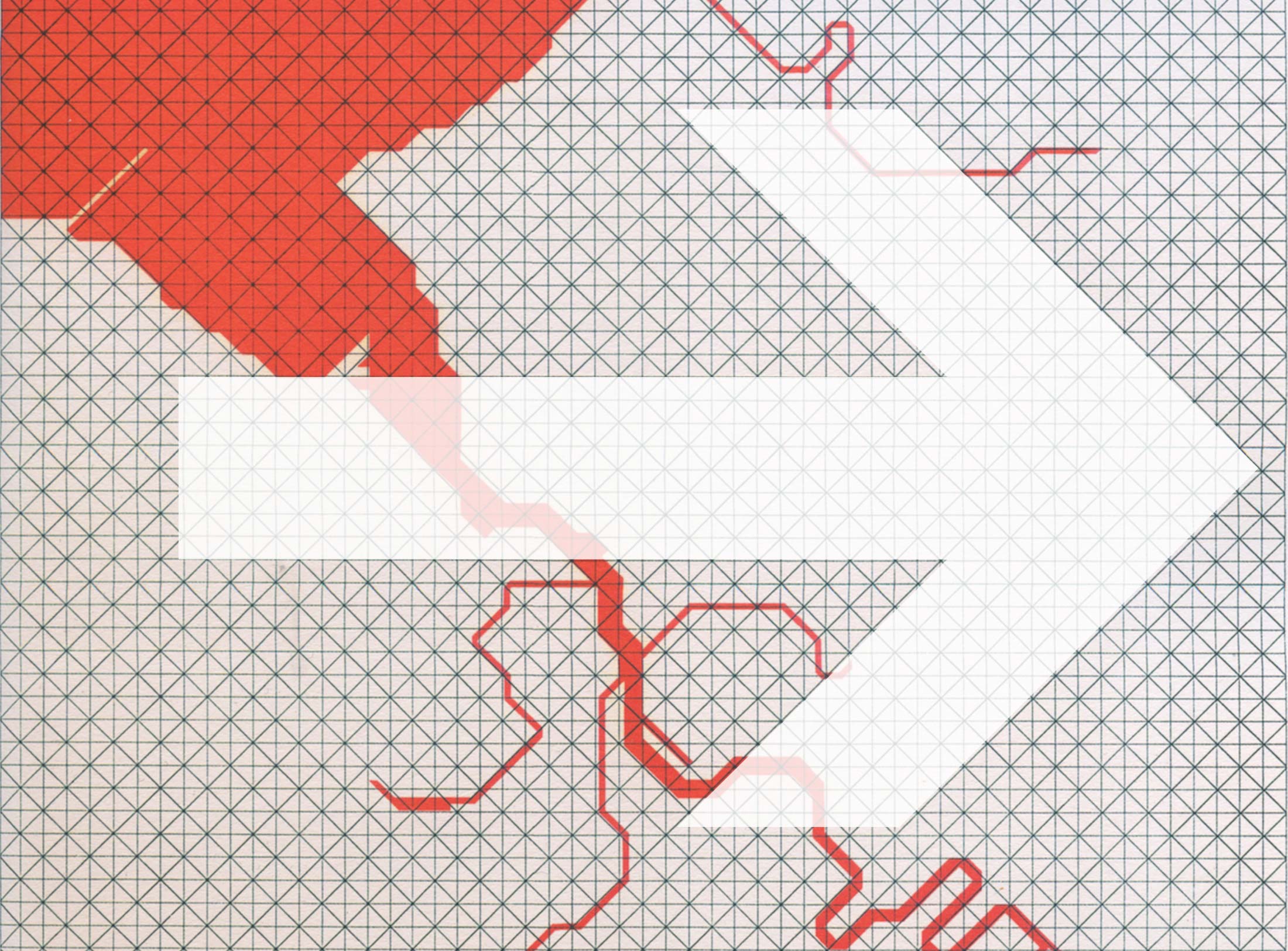
Otl Aicher’s signage systems for airports, metro stations and hospitals are considered exemplary to this day.
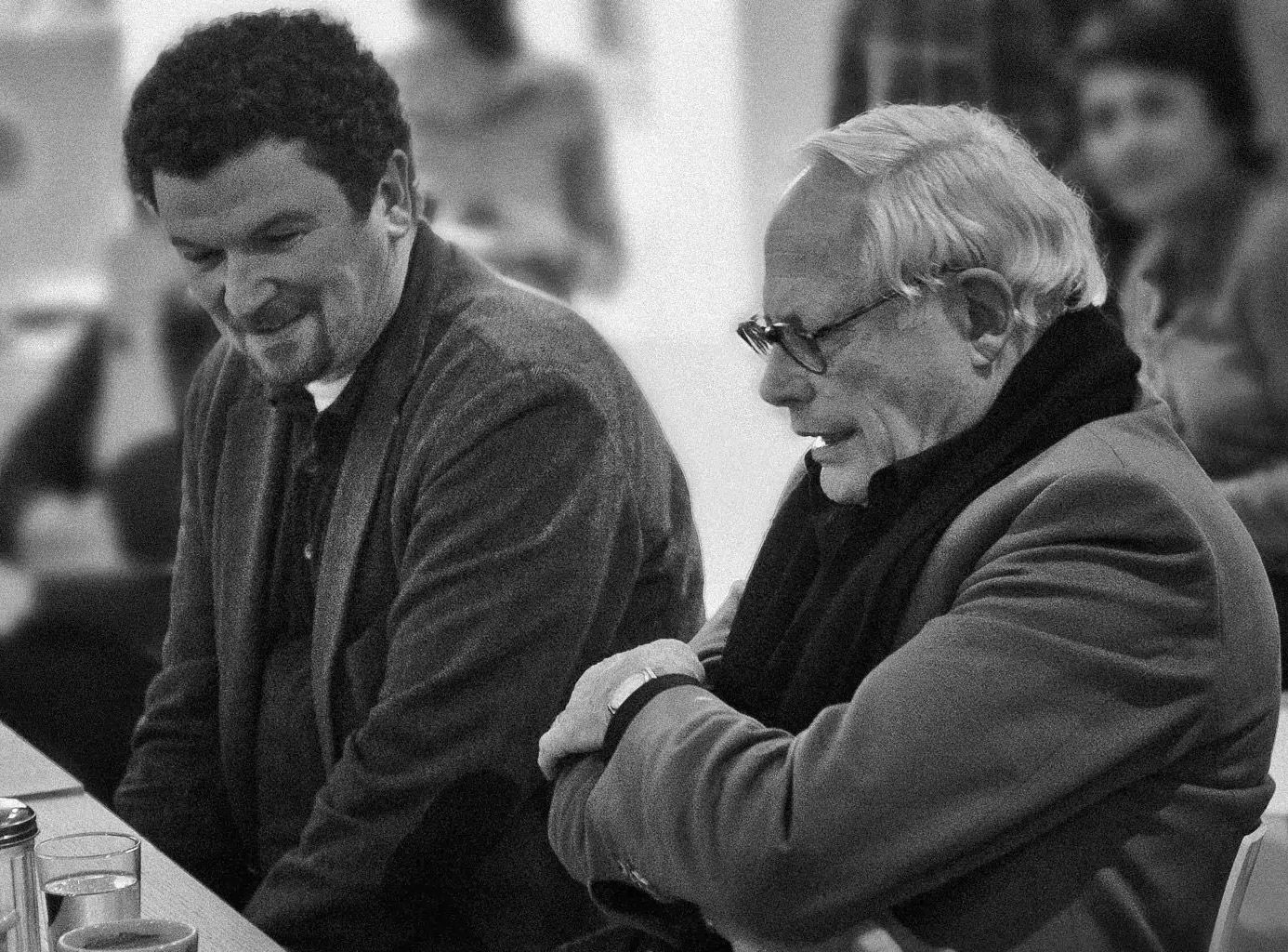
Der einstige Braun-Chef-Designer im Gespräch über den Co-Gründer der HfG.
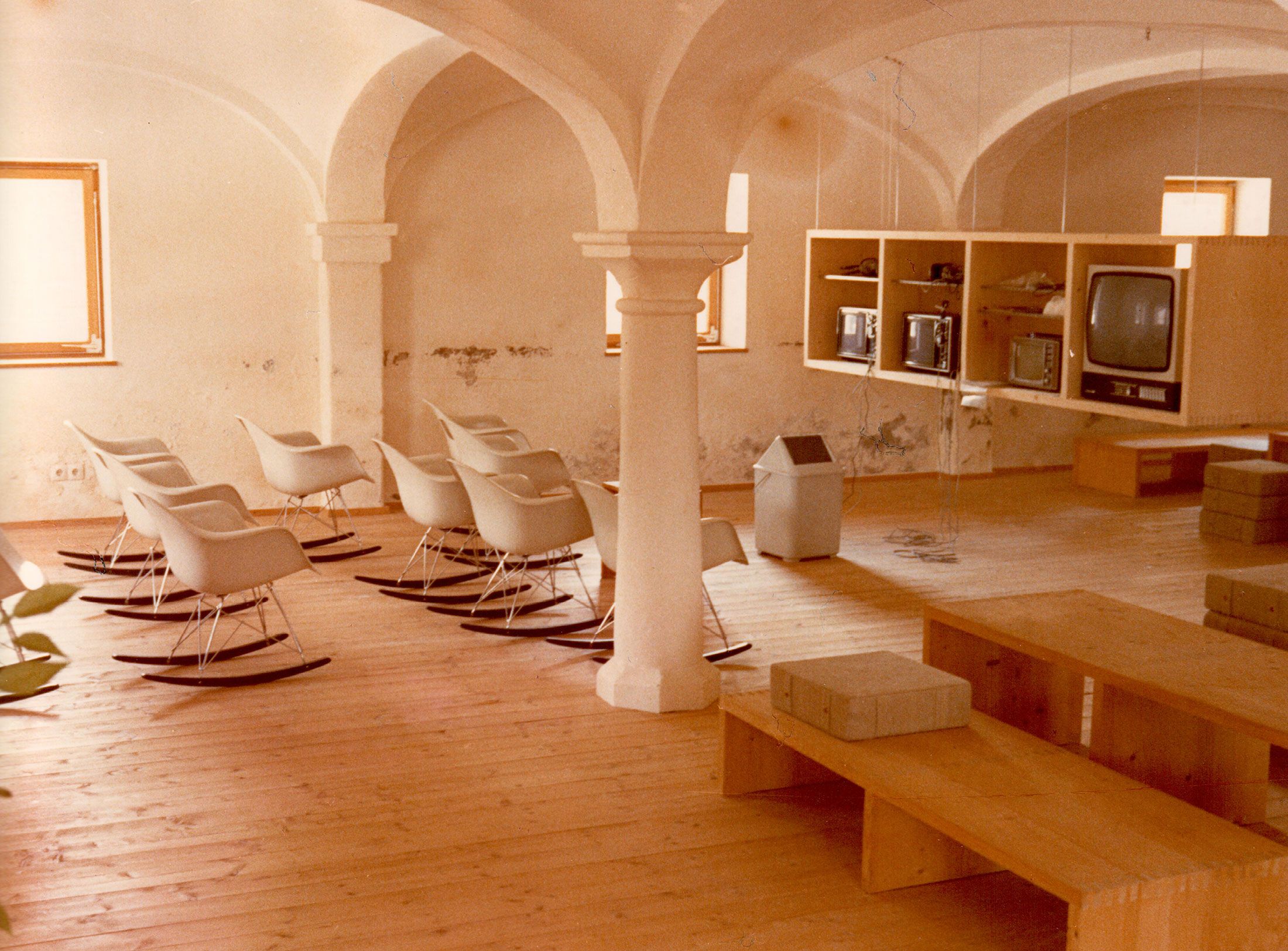
A Broadcast: What is his place in today’s world?
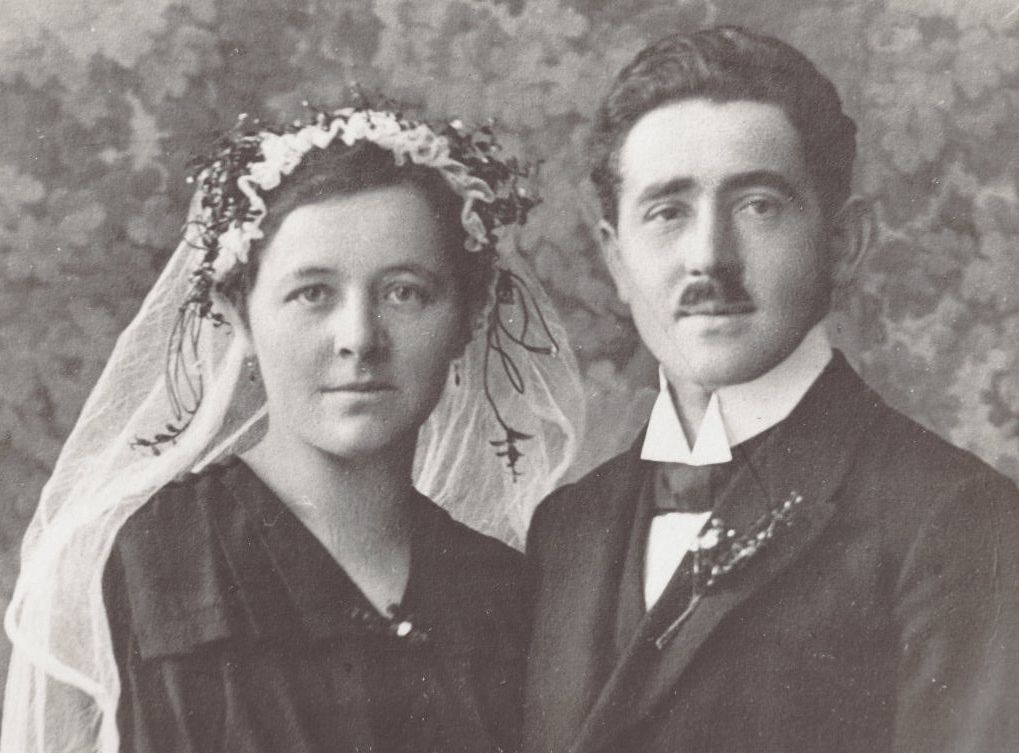
The Aichers: a brief family history.
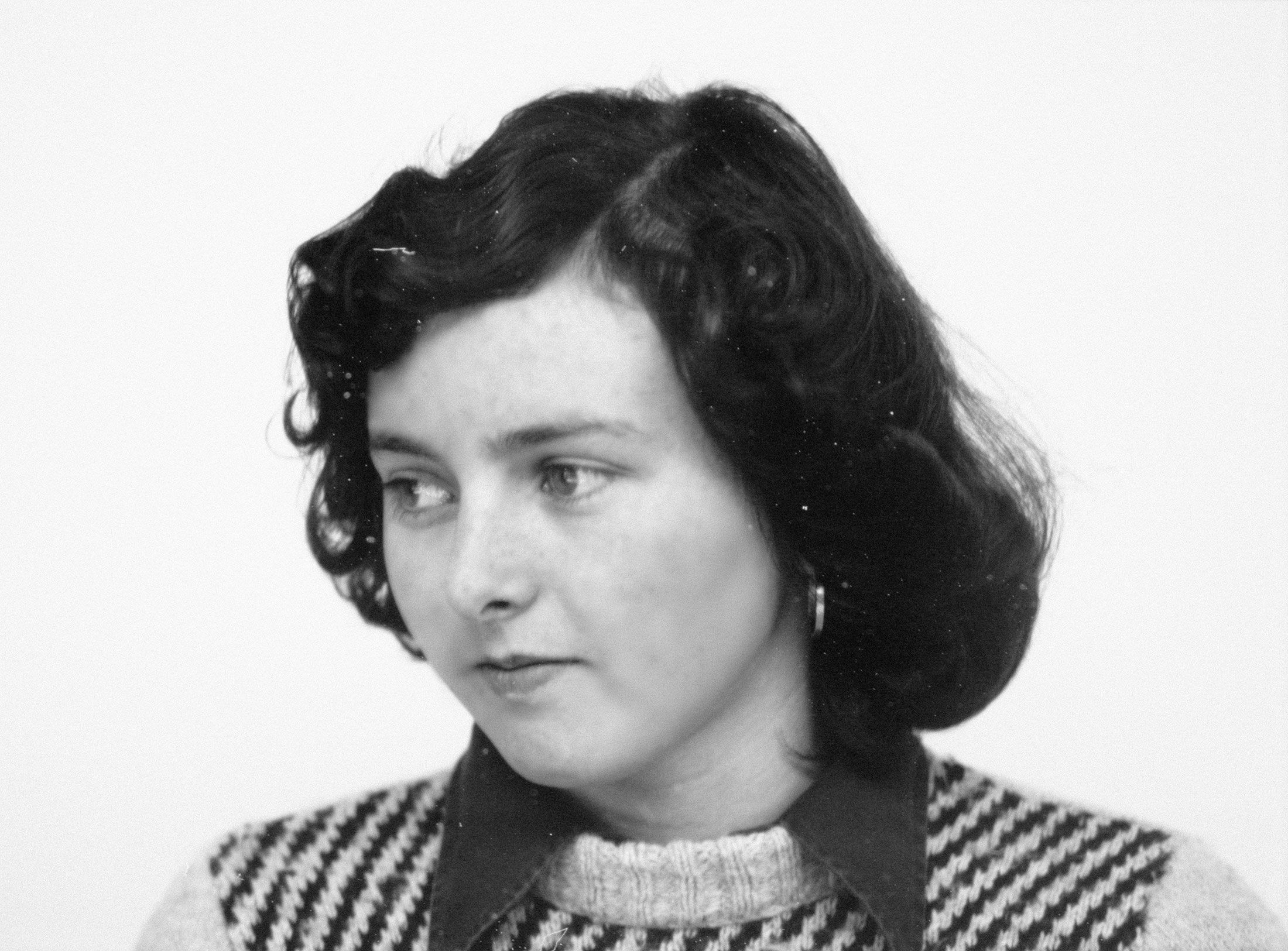
Drawing in Rotis: former Aicher co-worker Reinfriede Bettrich talks about hand sketches, the first computers and everyday life at the office.
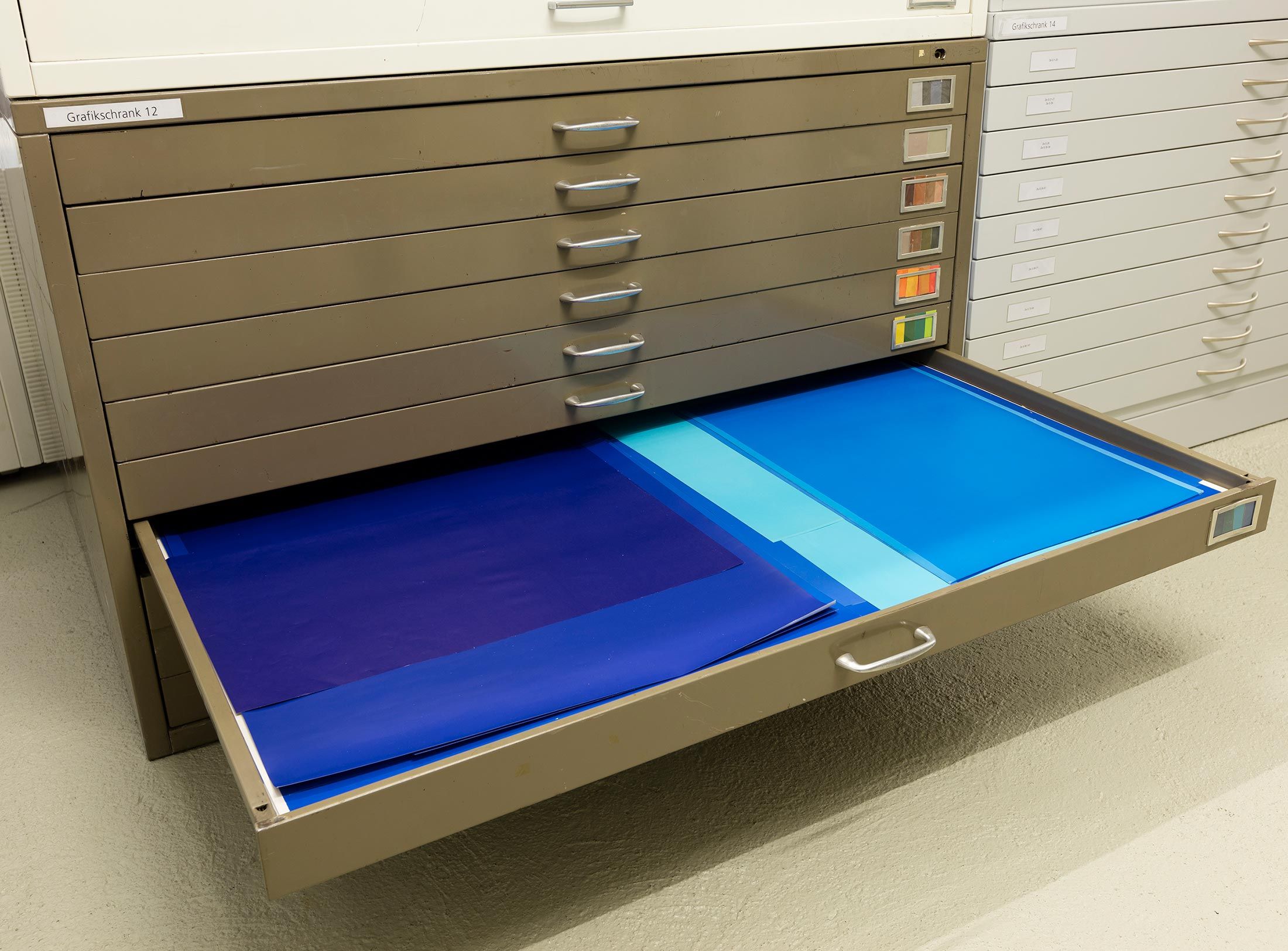
How Otl Aicher’s papers and materials came to the HfG-Archiv/Museum Ulm.
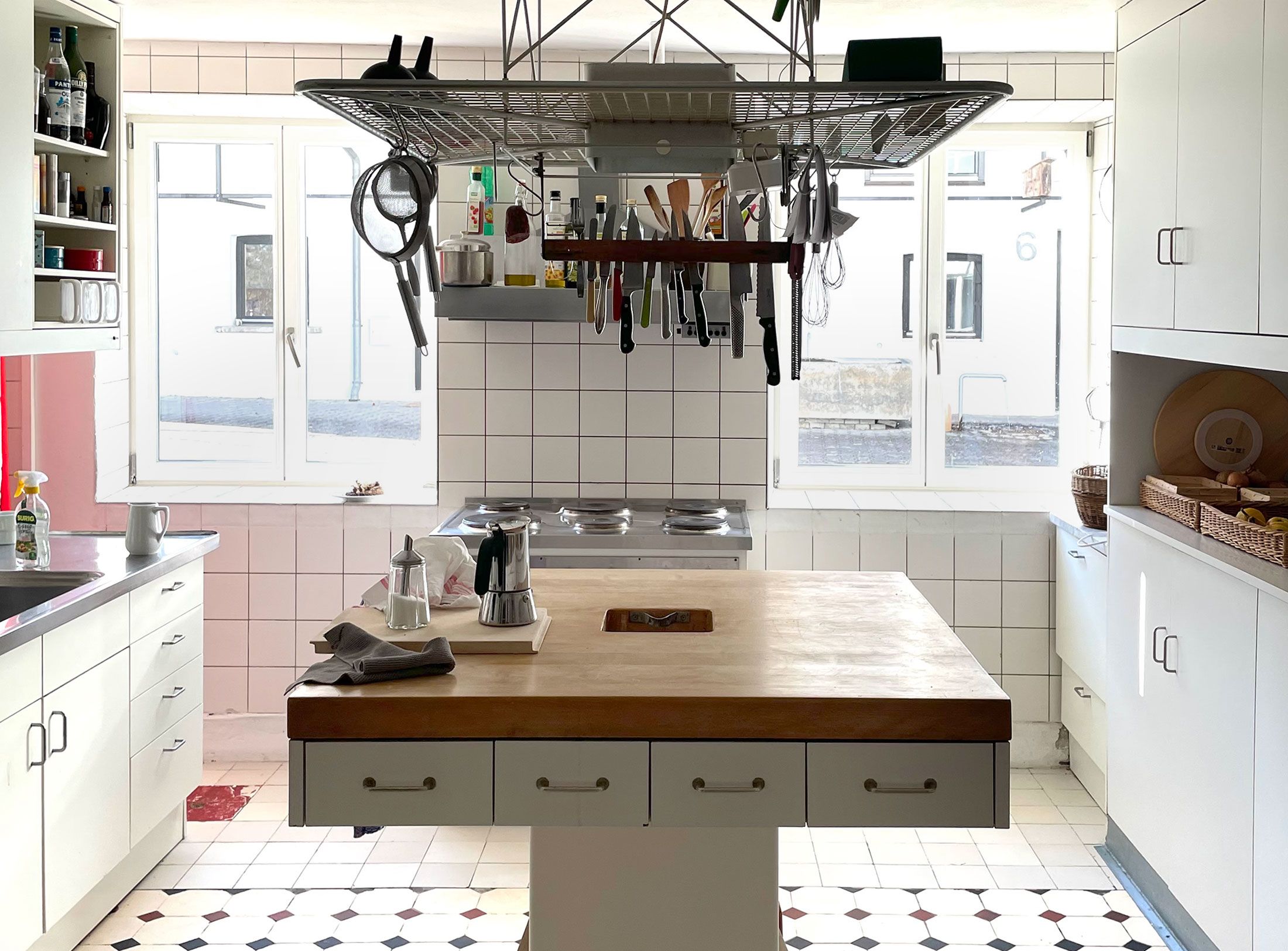
Die Küche zum Kochen (The Kitchen for Cooking) – the genesis of a book that has lost none of its relevance.
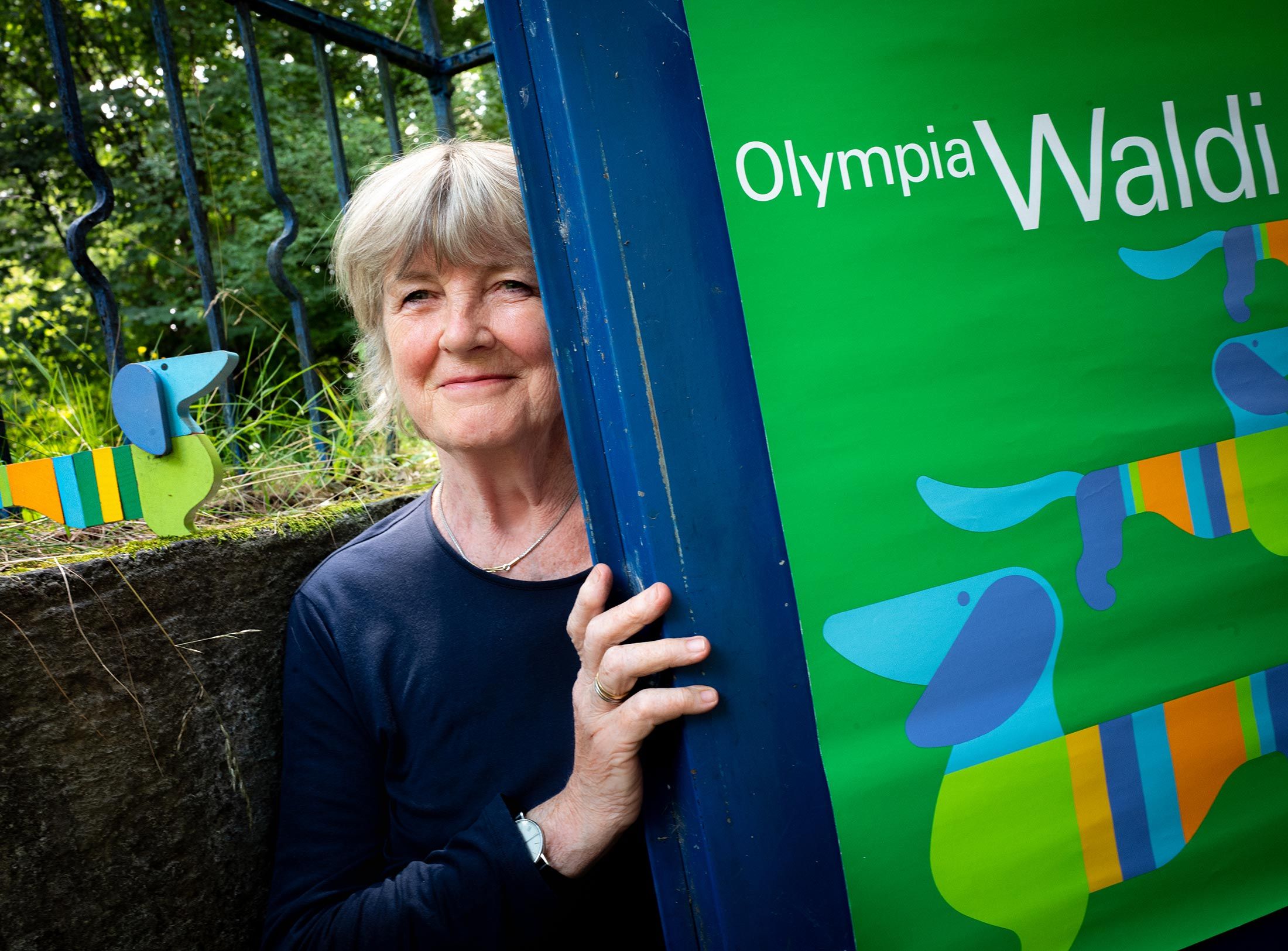
How a dachshund conquered the world: former Aicher staff member Elena Schwaiger on plush animals, fakes and the authentic mascot of the 1972 Olympic Games in Munich.
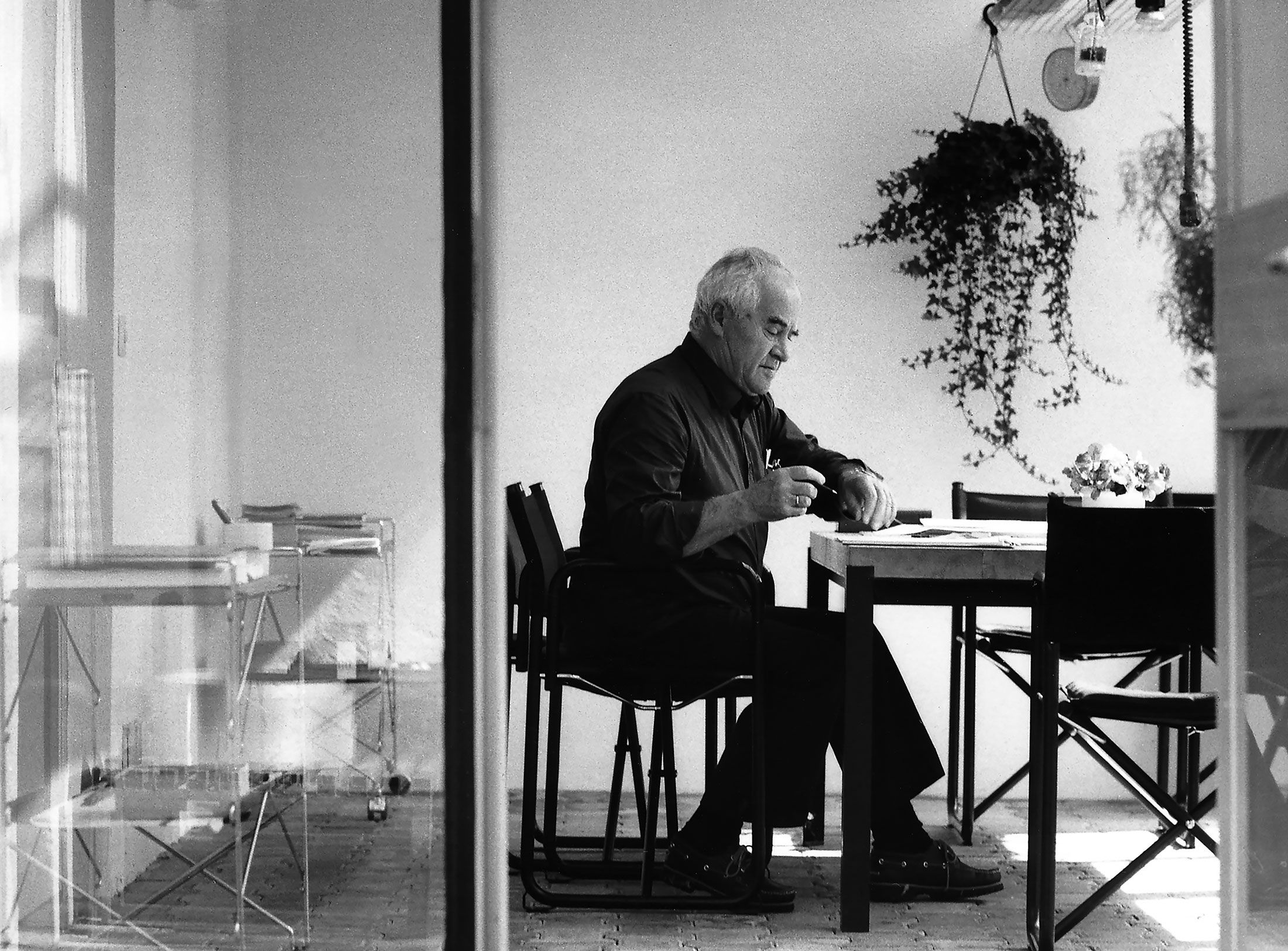
Le Violon d’Ingres or An Attempt to Defend the Writings of Otl Aicher.

Otl Aicher as the architect of Rotis.
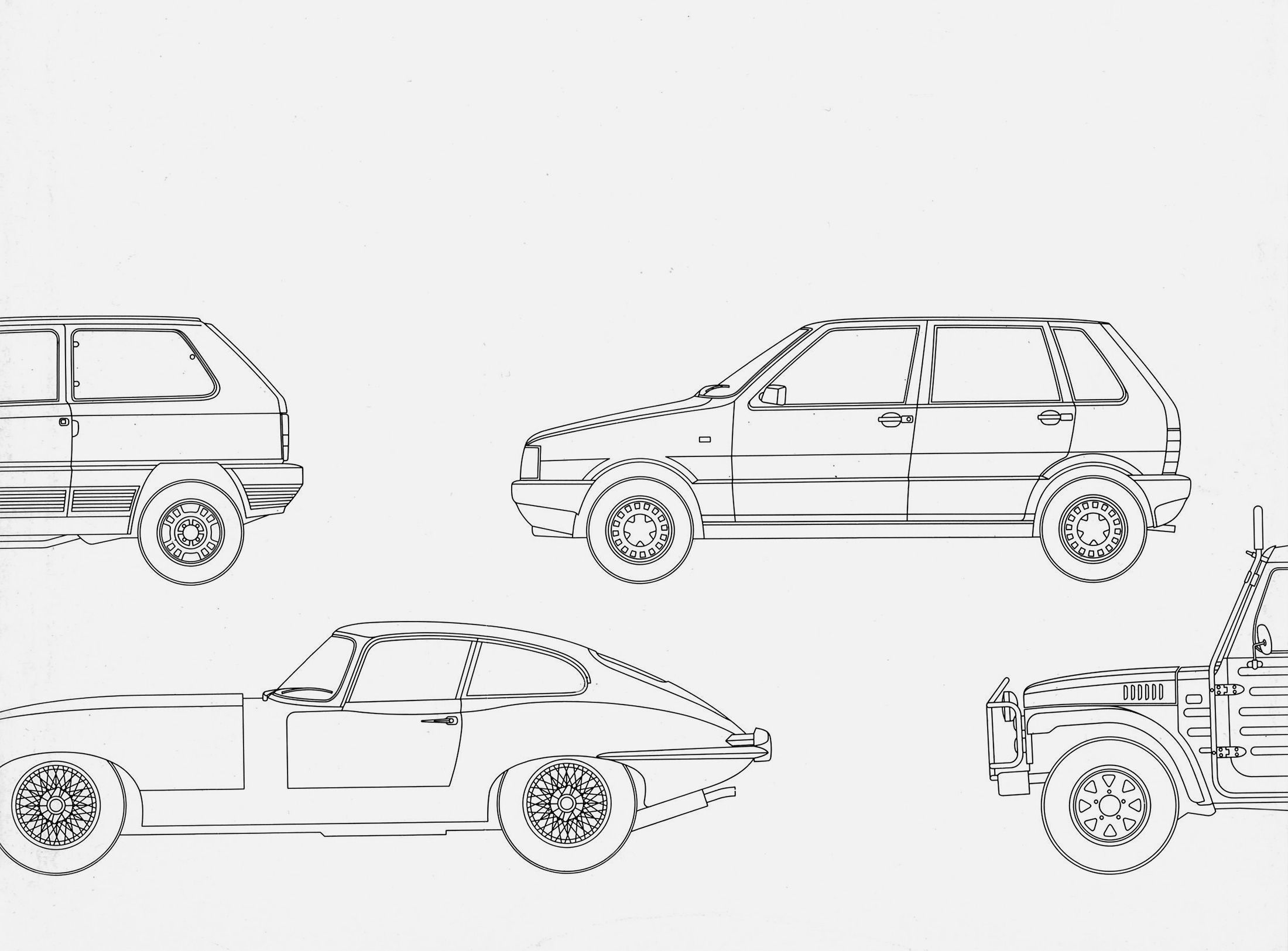
Otl Aicher and his critique of the automobile.
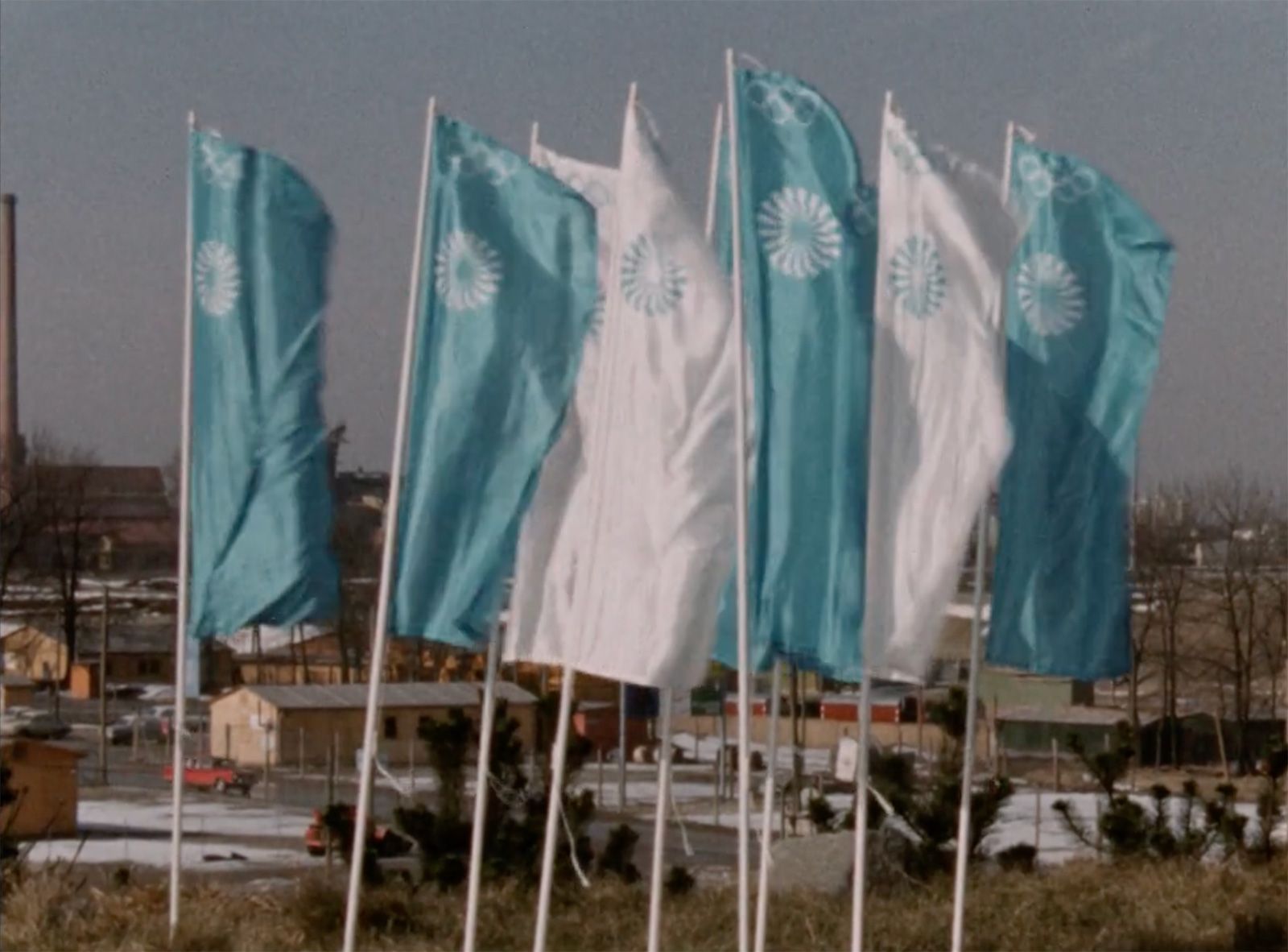
First broadcast: 15.02.1971 on Bayerischer Rundfunk, Munich (Only available in German).
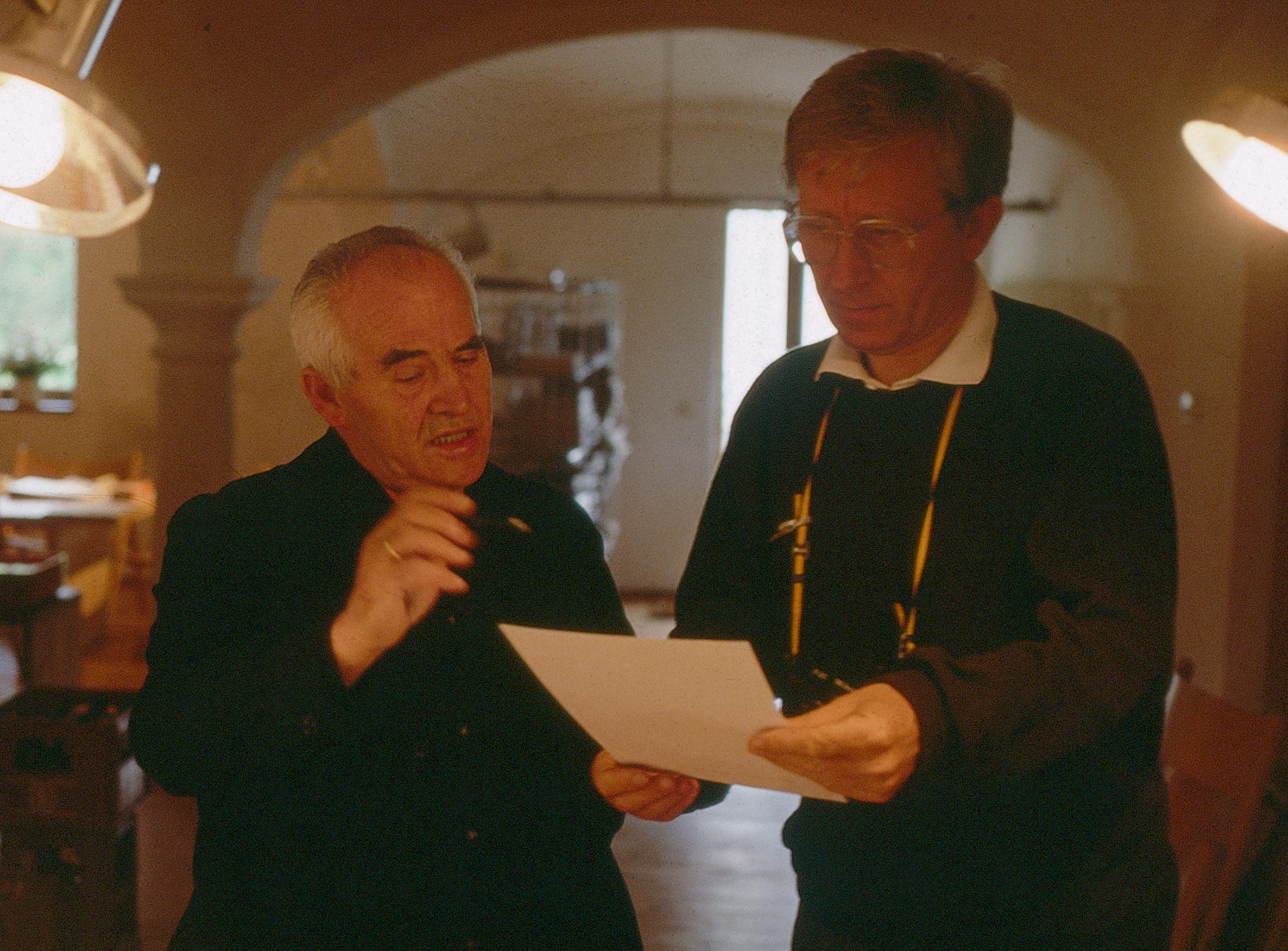
Interviewed: Jürgen Werner Braun on his collaboration with Otl Aicher.
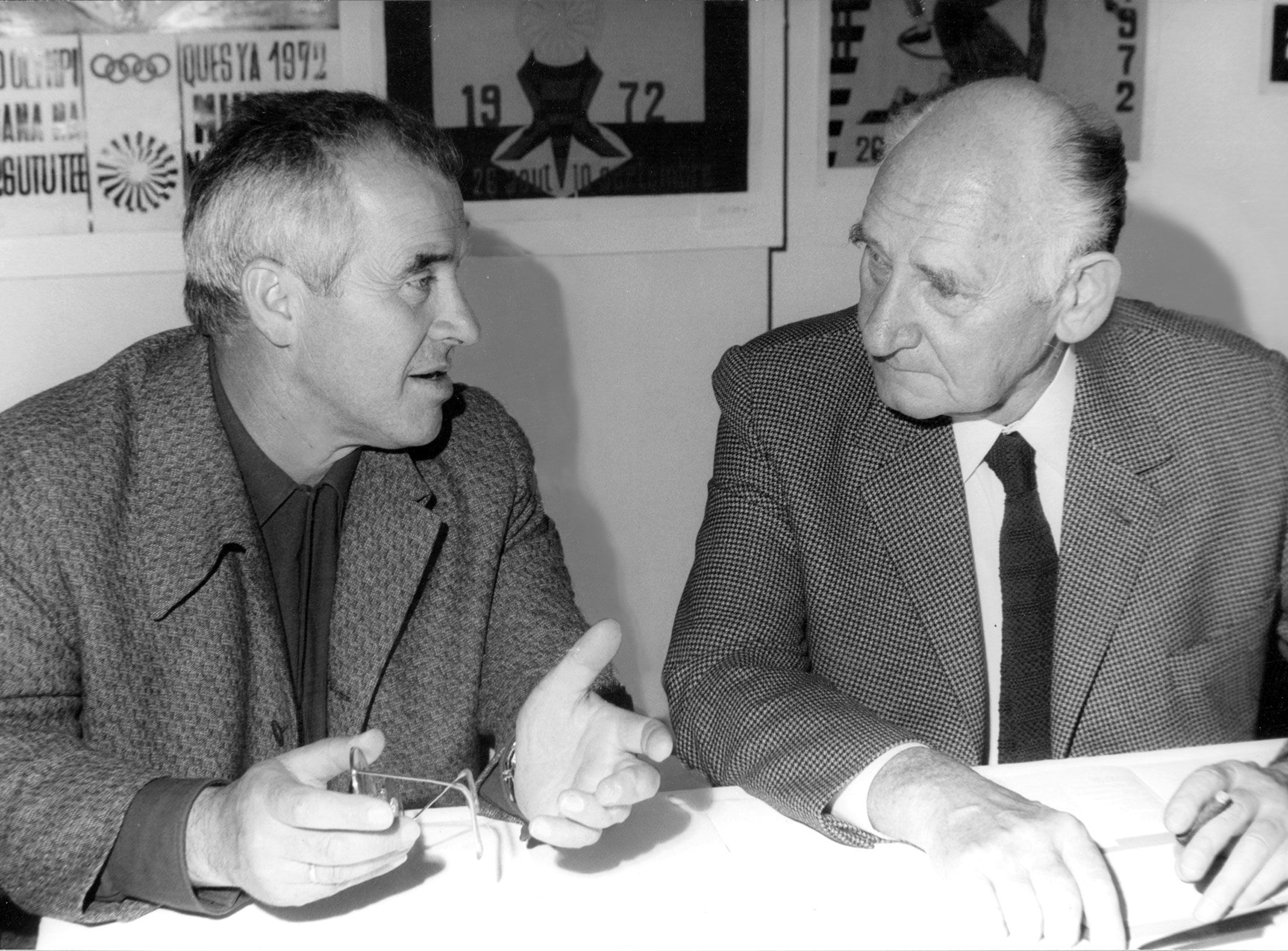
They created the signature of an epoch: designers Otl Aicher, Willy Fleckhaus, Anton Stankowski and Kurt Weidemann.

Rotis in the Allgäu is legendary as the place where Otl Aicher lived and worked. What other designer’s domain has acquired such mythical status or become so closely linked with a designer’s personality? Rotis was both venture and vision – and an experiment in which a great deal more was involved than design. What remains?
It’s just five letters: an r, an o, a t, an i and an s. But so many legends are associated with the word Rotis, there are so many stories in circulation about these two short syllables, that it’s time for a re-evaluation – time to zoom in so that we can pull away from the myth again and get some distance. Today, romanticisations and distortions have become intertwined with the 19 years from 1972 on when Aicher attempted to merge life and work into one inseparable entity – and that in a place that was totally off the beaten track, deep in provincial southwest Germany. Even now, the word “design” still triggers associations with urbanity, elegance and sleekness. Aicher deliberately rebelled against these attributions and created his counter-model on a former mill property near Leutkirch im Allgäu.
First mentioned in 1414, this rural spot looks back on a long tradition and is set in the midst of a hilly landscape still dotted with the occasional little forest and vast stretches of meadowland to this day. When he settled on this hamlet as the place where he wanted to live and work, Aicher must have realised that everything there would revolve around himself: he deliberately made himself the centre of a self-created universe – its fixed star, its guiding spirit. For his family and staff, he thus created a situation that promised peace and quiet, fresh air and lots of nature – but which also entailed restrictions and deprivations. For Germany, it may be possible to draw certain parallels between Rotis and the Worpswede artists’ colony. But since its founding in the late 19th century, the latter has been home to a larger group of changing, like-minded artists – and definitely did not serve as a direct model for Aicher. About 60 years before him, Frank Lloyd Wright had created Taliesin in the wilds of Wisconsin – conceived as a similar place where life and work were intended to merge into one. Wisconsin was his home state – just as Württemberg was Aicher’s. Being located in familiar rural surroundings was important to both of them.
Historical plaque on the former miller’s house in Rotis. Photo: Gerrit Terstiege
Left: farmhouse; right: the farm building that used to accommodate the Rotisserie canteen. Photo: Gerrit Terstiege
In corporate design, trademarks are accorded a “protected space” in which no other graphic elements are permitted so as to focus the greatest possible attention on the brand. In other disciplines that Aicher was active in too, such as poster and book design, typography and photography, space is likewise a formative factor that plays an important role. Many a symbol or logo only unfolds its full effect as a result of the distances, margins and empty spaces it is set with. In this sense, Rotis is very clearly a concept created by a graphically minded person. What makes Rotis unique even today, more than 30 years after Aicher’s death, is that there is quite simply no other place of work that was used by a prominent designer for years on end and has survived intact. The little signal box building in Stuttgart that Kurt Weidemann turned into a curiously equipped studio was dismantled after his death and repurposed. Erik Spiekermann, co-founder of MetaDesign, was associated with the agency’s headquarters in Berlin’s Bergmannstrasse for years. But this link between an individual designer and their place of work has long been a thing of the past too.
In the design world, it usually goes something like this: factory floors or entire buildings are rented, the teams grow or shrink, making it necessary to move, and after the death of the protagonists things often change fundamentally. Little or nothing remains. While the cultural and historical significance of places where artists and literary figures once lived and worked is widely recognised – we need only think of locations like Montaigne’s tower, Cézanne’s studio or the Goethe House – the same simply cannot be said of design. Rotis is an exception in this respect; even today, it is widely known well beyond the borders of Germany. This fame is undoubtedly due in part to Aicher’s eponymous typeface, which he issued in 1988 and whose huge international popularity he did not live to experience. He died just three years later – as the result of an accident that happened on the road that runs right past the Rotis complex. The tragic circumstances have often been wrongly portrayed and are today part of the legends that have grown up around Rotis. Aicher was heading from a nearby garden plot next to the main road towards the farm on a sit-on lawnmower and became a sudden obstacle for a motorcyclist. He died of his injuries in a Günzburg hospital six days later, on 1 September 1991. This accident is another of the things that Rotis is associated with today.
Building 14, designed by Aicher, with studio rooms on the first floor. Photo: Gerrit Terstiege
Driveway and Building 14, complete with parking spaces on the ground floor. Photo: Gerrit Terstiege
One of the studio houses designed by Otl Aicher; it was once used as a photo studio. Photo: Gerrit Terstiege
One of the studio houses designed by Otl Aicher; it was once used as a photo studio. Photo: Gerrit Terstiege
A country road still runs right past Rotis today – for Aicher, it was to prove fateful. Photo: Gerrit Terstiege
Driving to Rotis on winding roads in spring 2022, I can’t help but have mixed feelings. The trip will inevitably become a journey into the past – into a lost empire, perhaps? The images I have in my head of buildings, rooms, paths, trees and meadows have been shaped by the mostly black-and-white photographs of a Karsten de Riese or a Timm Rautert. Many of them are well over 30, some more than 40 years old. How deserted, how lonely, how altered will the Rotis I find be? And there’s another aspect that contributes to the ambivalence one might feel when thinking about today’s Rotis: in Torben Becker’s piece in Zeitmagazin 19/2021, it became apparent that the relationship between the three Aicher sons Florian, Julian and Manuel, who now live in Rotis again, is not an easy one. Florian Aicher is quoted as calling it “objective”. But Becker also writes about the latest tensions: “… since Julian Aicher has been active in the [Covid-sceptic] Querdenker movement, everything in Rotis has become complicated. But the brothers don’t talk about that. Actually, they hardly talk to each other at all.” Whereas Julian Aicher likes to embellish himself with the fact that he is the Scholl siblings’ nephew during public appearances, Florian Aicher – likewise publicly, for instance in the form of a resolution he signed with others – refuses to co-opt the brother and sister who were executed by the Nazis.
To my surprise, the first thing I see when I arrive in Rotis are children playing on the lawn next to one of the houses. It’s a sunny spring day, there’s not a cloud in the sky, the mood is cheerful and very much of the present. What used to be a farm building today houses an independent junior school. It’s breaktime, and the kids are running around and laughing. As I discover later on, you can learn a lot about the history of Rotis just from this one building and the various conversions it has undergone as its function has changed over the years. One part of the former barn, which originally housed horses, cows and pigs, was occupied by an independent print shop from the early 1970s on. When the company moved out in the mid-1980s, Aicher used its premises himself: this is where he developed the Rotis typeface. Next door, in the old cowshed with its vaulted ceiling, was the Rotisserie canteen where his teams ate and celebrated together. It doubled as a conference room for events.
Florian Aicher and his wife Gabriele Hirth give me and my companion a warm welcome. Because it’s lunchtime when we arrive, we’re immediately treated to some delicious Maultaschen – a Swabian speciality that resembles ravioli – and can take a good look at the famous kitchen Otl Aicher designed for his home. It became a showroom for manufacturer Bulthaup – a client of Aicher’s for many years – and is depicted as a line drawing on the cover of his book Die Küche zum Kochen – Das Ende einer Architekturdoktrin (The Kitchen for Cooking – The End of an Architectural Doctrine). At its centre: a worktable. Florian Aicher points to a square hole in its heavy wooden worktop; he speaks of his father in the third person: “Aicher once joked that this hole, this void, was the most important thing he’d ever created as a designer.” If you look into the hole, you understand its purpose: fruit and vegetable waste can be disposed of immediately; it drops into a bucket standing underneath for taking to the compost heap later. As a result, the worktable can be cleared in the blink of an eye, ready for whatever preparations need to be done next. Above it hangs a square grid that keeps whisks and other kitchen utensils within easy reach and the knives to hand on a magnetic rack. Simplicity, clearly defined zones and a concept based on short distances add up to a coherent, logical whole.
The walls of the Aichers’ living quarters are adorned with numerous works of art. Drawings, collages, watercolours. The big black punchbag that hangs between the hallway and living room is an artwork too: it was part of an installation by Wolfgang Flatz at the Documenta IX exhibition. On the shelves: books about art and architecture; next to a Braun Atelier system there are records by Bob Dylan, Hank Williams and Howlin’ Wolf. There’s also a shelf full of CDs by Billie Holiday, Nina Simone, John Coltrane and Glenn Gould. The architect and his wife have lived here since 2005. Florian Aicher speaks in a quiet, friendly voice, but soon tells me not to step foot on or photograph his brother Julian’s property. The people in the house next door, which has meanwhile been sold, don’t allow access or photos either. That means two of the buildings designed by Otl Aicher are off limits to us. He gets a site plan that shows the seven buildings that make up Rotis today and traces the boundary we have to respect with his index finger.
We go out onto a terrace with adjoining garden, past one of the black-painted, saw-tooth-roofed studio buildings designed by his father. It used to be a photo studio but is now empty; or at least nearly empty. There are shelves containing complimentary copies of books designed by Aicher and his team – as well as plan chests containing a number of the famous Olympics posters. On one of the few remaining desks: striped stickers printed with the words “Rainbow Games” and a thin programme. I read the cover: “Closing ceremony of the Games … Olympic Stadium, September 11, 1972, 7.30 p.m.” I have a sudden memory of myself as a four-year-old, sitting in front of my parents’ television and crying because the Olympic Games were over. Back then, I had no idea why the celebrations planned by theatre great August Everding had been overshadowed by other events.
Deserted studio with the typical fir panelling. Photo: Gerrit Terstiege
Numerous posters are still stored in the plan chests. Photo: Gerrit Terstiege
Vestiges of a great time: printed materials for the “Rainbow Games”. Photo: Gerrit Terstiege
Back to the present – in this space redolent of the past. On one of the wood-panelled walls, covered in straggly spiderwebs, hangs a grey telephone with a rotary dial. As if time had stood still, its round centre still displays a list of the names and speed-dial numbers of Aicher’s key co-workers from days long gone: “bettrich, netzer: 21, neudecker: 22, landsbek: 23”. The dead telephone: a melancholy symbol. I stand staring at it for a long time. Then we walk down the steep staircase and into the fresh air. Right behind the former photo studio, the view opens up to a tree-lined meadow. In a text about Rotis, written in the objective tone of an architect and devoid of idealisation, Florian Aicher once described the history of this place and the vast landscape that we’re now looking at: “Laying out the park-like grounds meant improving the sparsely vegetated gravel areas that had once served as the sawmill’s lumberyard. Hundreds of trees, about a dozen native species, were planted in scenic groups to form a boundary to the surrounding farmland.”
In this meadow, which is dissected by a narrow, disused road, you gain the necessary distance to Aicher’s architecture and its striking, jagged roofs. Only here do I realise that the graphic designer must have had a very definite image in mind when planning them: the pictogram of a factory. The buildings Aicher designed have become emblems of Rotis; particularly when seen from the side, they have a clearly symbolic character that is only accentuated by the black coating that covers virtually every element. Florian Aicher: “He’d designed various things for another place in the Allgäu – buildings in the style of Le Corbusier, including a kind of high-rise. A lot of it was rejected. The designs for Rotis are based on what he learned from that. It’s important to know that each and every one of the new buildings standing so innocently in the meadows as if they’d come down from heaven replaced an old building that had stood in the same place. Here in the countryside, only farmers are allowed to build – that was definitely one of the reasons why Aicher stuck to the existing layout.”
But why did Otl Aicher lift the work spaces off the ground? His son Florian’s view: “You can make various assumptions about these raised buildings. Perhaps there are two motives. One is to let the landscape pass through uninterrupted and not block the view. It’s becoming increasingly clear to me that incorporating the landscape was key to Aicher. And the other motive: for my father, architecture had a saint, and that was Le Corbusier. In the Villa Savoye, Corbu takes a similar approach to the space; he makes the building float. But obviously Aicher didn’t want to copy him – he didn’t use ribbon windows, for instance.” Norman Foster, who visited Rotis several times, admired Aicher as an architect too. In an article for Arch+ magazine, for instance, Foster writes: “At the office, I kept telling my staff that they could learn a great deal from working with Otl and listening to him. By way of explanation, I added that Otl wasn’t just a brilliant designer and a better architect and furniture designer than most, but that he was first and foremost a philosopher.”
Le Corbusier’s Villa Savoye – a role model for Aicher’s raised studio houses? Photo: Gerrit Terstiege
Le Corbusier’s Villa Savoye – a role model for Aicher’s raised studio houses? Photo: Gerrit Terstiege
The saw-tooth roof evokes the pictogram of a factory. Photo: Gerrit Terstiege
Otl Aicher developed and deliberately changed this farm, this land – he designed it, in keeping with a philosophy of making that reveals his awareness of form to this day. Nevertheless, there were certain problems with the work buildings too, which a trained architect would surely have foreseen. The indoor climate, for instance. As we look around, Florian Aicher puts it in a nutshell: “Inside the buildings, people wore moonboots in winter and shorts in summer.” Because the work spaces are raised, the cold didn’t just come through the barely insulated walls in autumn and winter, it came up from the ground as well. And the fact that the teams worked separately in the various buildings can’t have been ideal for promoting a sense of solidarity. Aicher tried to compensate for this shortcoming with shared mealtimes. Elena Schwaiger, née Winschermann, the “Waldi Mama”, was in Rotis in the early days, but only for a year, from 1973 to 1974: “It was too lonely for me there. In Leutkirch, there’s nobody out and about after six in the evening. At the weekends I used to go to Zurich or Winterthur just to see different people for a change. I didn’t want to spend another winter there. I just couldn’t do it any more.”
Just when we think we’ve seen everything, Florian Aicher takes us to an adjacent plot of land that had been hidden from view. So this is the Rotis garden! For Aicher senior it was part of an autonomous life, of being self-sufficient – which also included generating his own electricity with a hydropower plant that harnesses the Ach river. And yet the numerous concrete tubs that he had specially made for the raised beds leave the piece of land without so much as a hint of romanticism. To me, the tubs look like a miniature brutalist housing development. But there’s one last building here that was designed by Aicher and which few people probably know about. And it’s the only one that stands entirely on the ground: a shed with a slanting roof that is still used to store wheelbarrows and other gardening equipment. Florian Aicher explains why this was an important place for his father: “Towards the end of his life he liked to retreat here. This is where he found his way back to art, to sculpture, secretly, and created the busts of Hans and Sophie Scholl. And this is where he’d been, alone, just before the accident.” He had come full circle.
An idyllic riverbank scene – not far from the houses where the Aicher brothers live today. Photo: Gerrit Terstiege
A shed designed by Otl Aicher – towards the end of his life he liked to retreat here and sculpt. Photo: Gerrit Terstiege
An idyllic riverbank scene – not far from the houses where the Aicher brothers live today. Photo: Gerrit Terstiege
A shed designed by Otl Aicher – towards the end of his life he liked to retreat here and sculpt. Photo: Gerrit Terstiege
The River Ach is still used to generate electricity. Photo: Gerrit Terstiege
Gerrit Terstiege, born in 1968, studied at KISD (under Gui Bonsiepe and Aicher collaborator Heiner Jacob, among others) and at the Glasgow School of Art. He was editor-in-chief of the design magazine form for many years. Terstiege conducted numerous interviews with graduates of the HfG Ulm, including Alexander Neumeister, Franco Clivio and Reinhold Weiss. Today he works as a consultant for design companies, as a lecturer at universities in Switzerland and Germany and as an author and copywriter based in Freiburg and Mülheim/Ruhr. Terstiege writes regularly for magazines like Art, Mint and Rolling Stone, as well as for websites such as ndion.de and architonic.com. In addition, he is the editor of the books Gestaltung denken (with Thomas Edelmann), Graphic Spaces and The Making of Design.
Translation: Alison Du Bovis

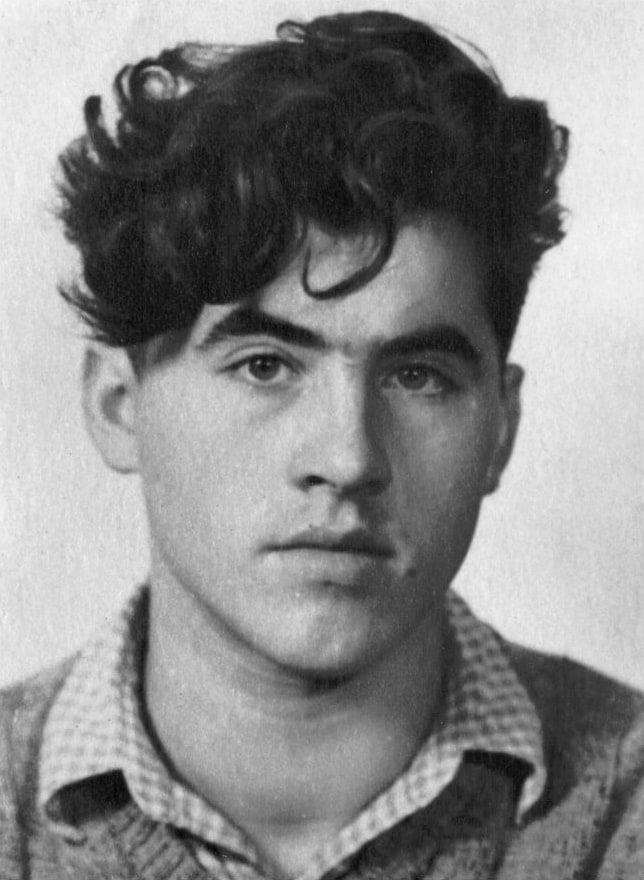
Aicher’s childhood and youth: the years 1922 to 1945.

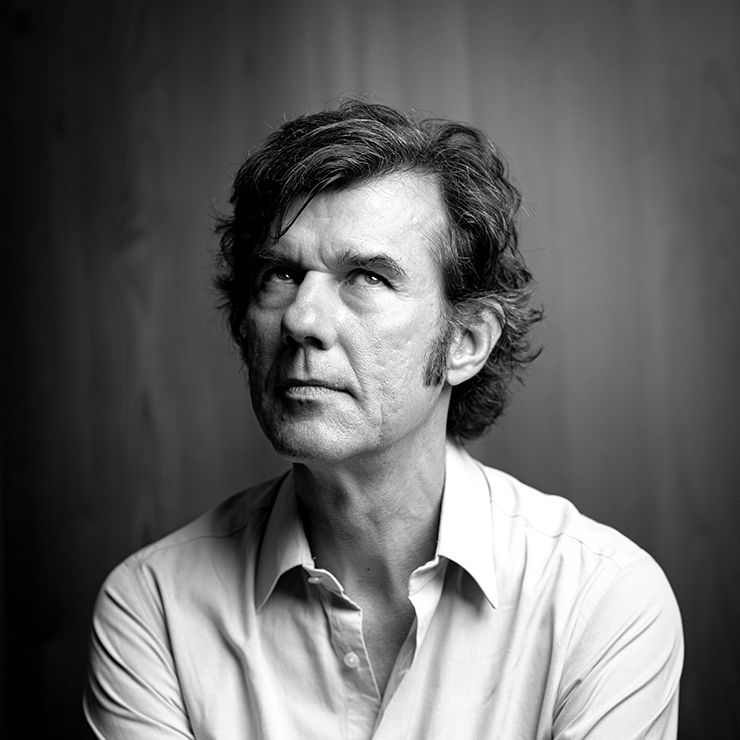
An interview with design icon Stefan Sagmeister about typefaces, beauty and the legacy of Otl Aicher.

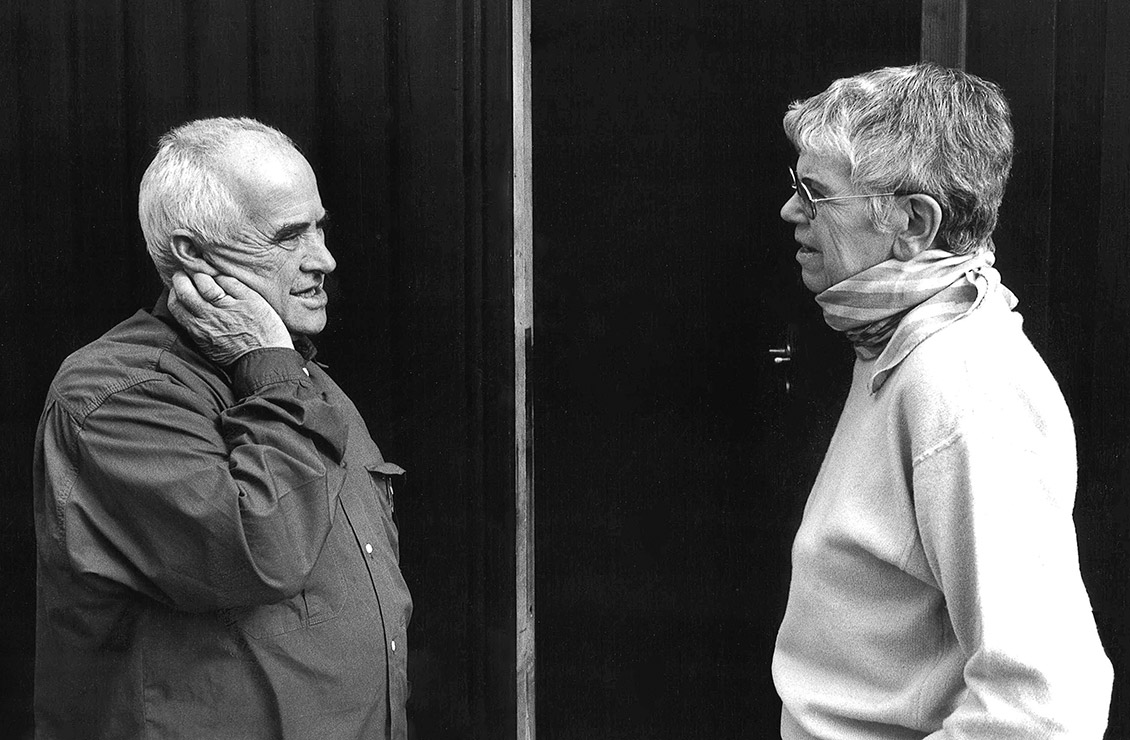
Reflections on Inge Aicher-Scholl and Otl Aicher.